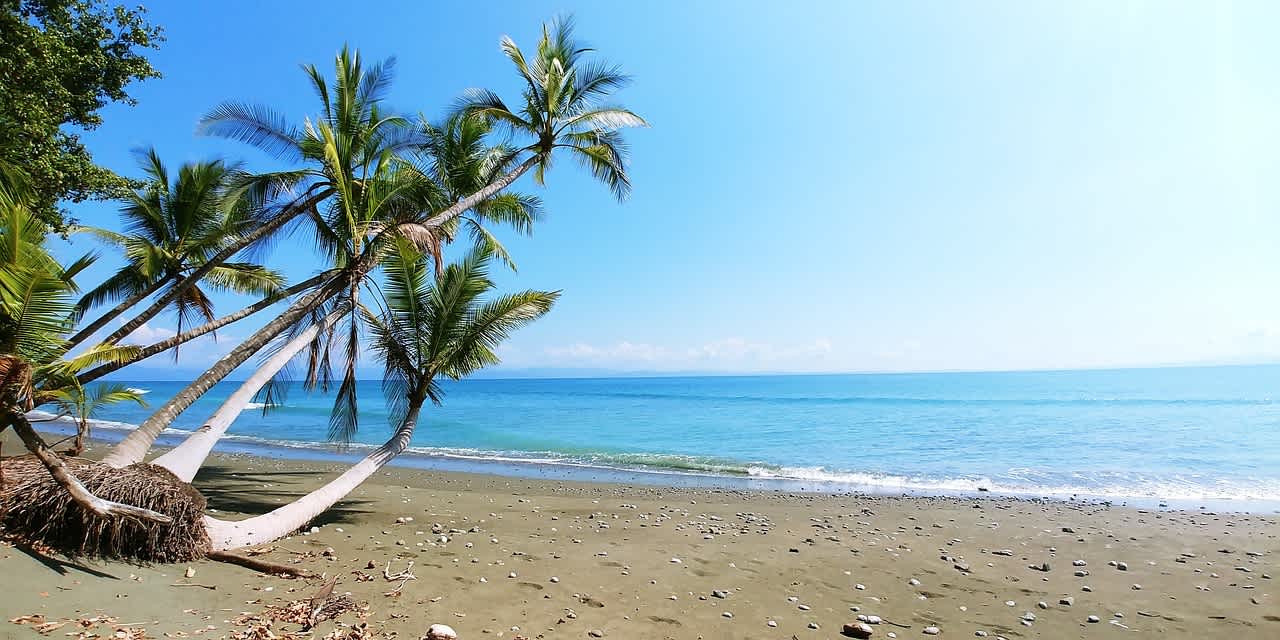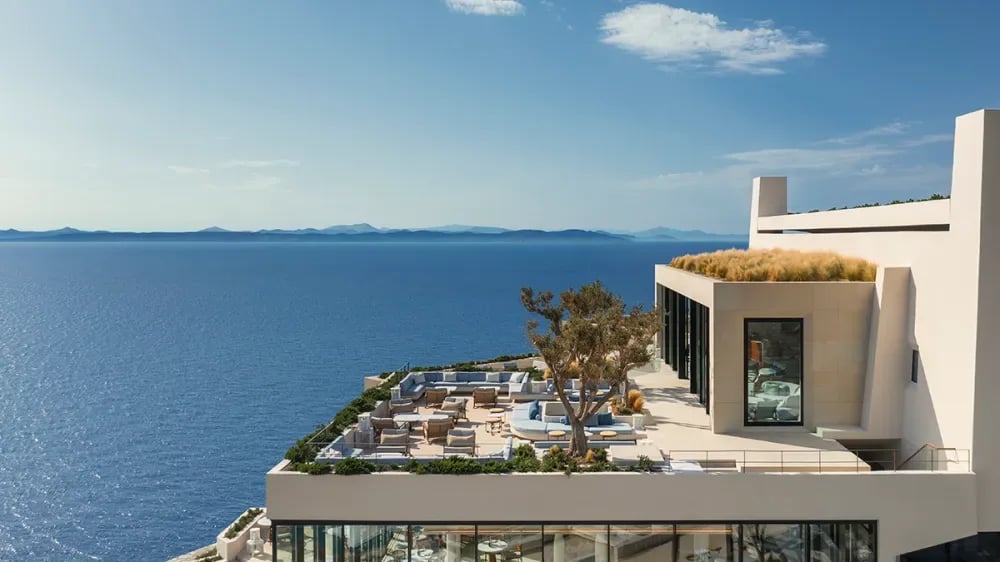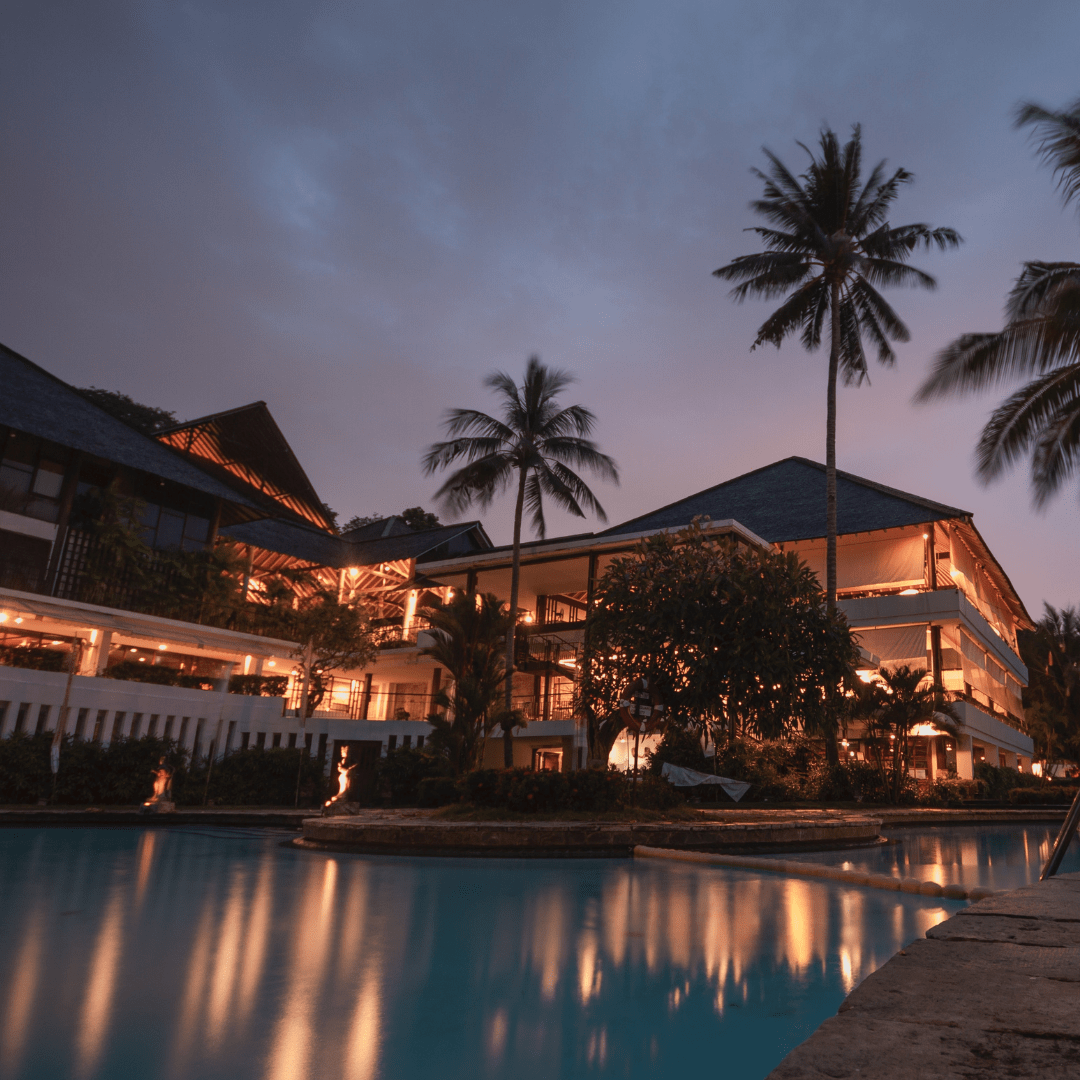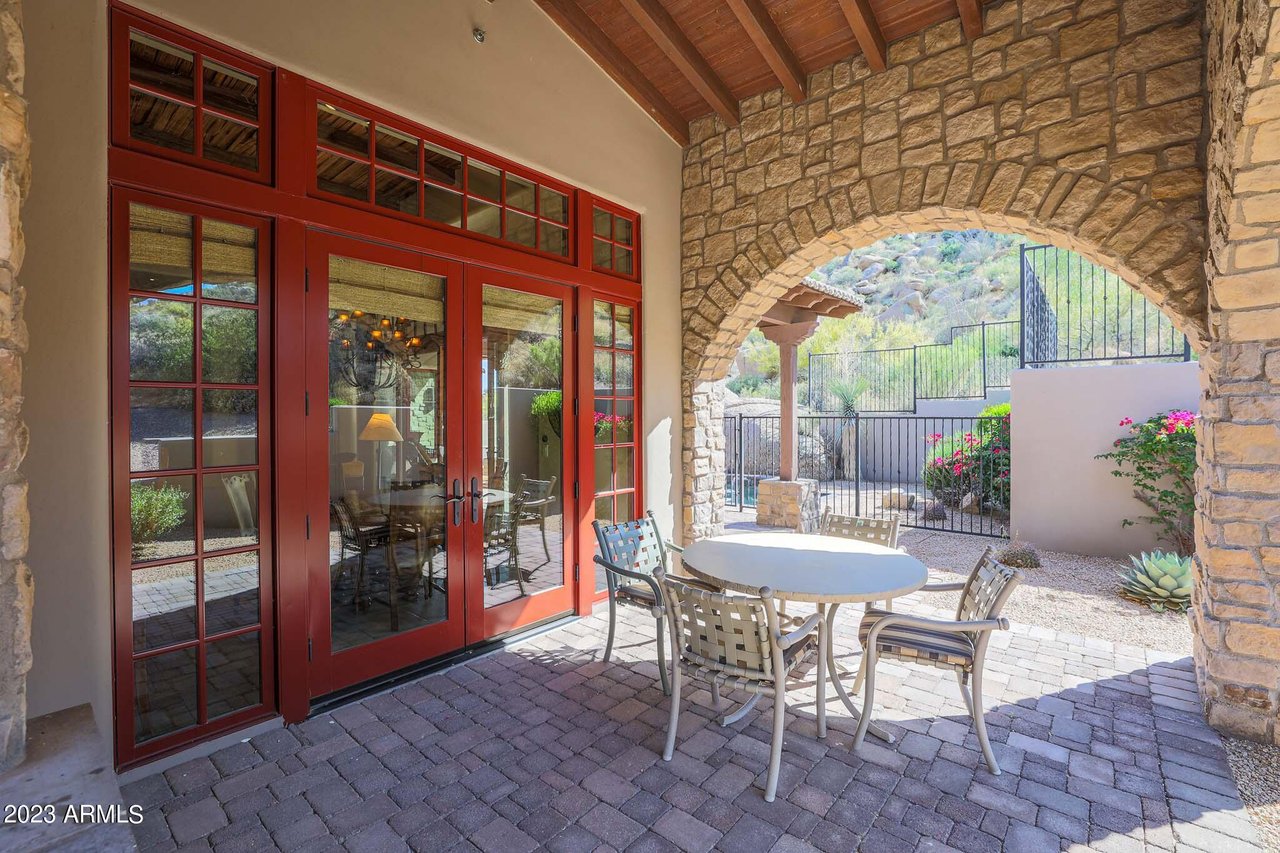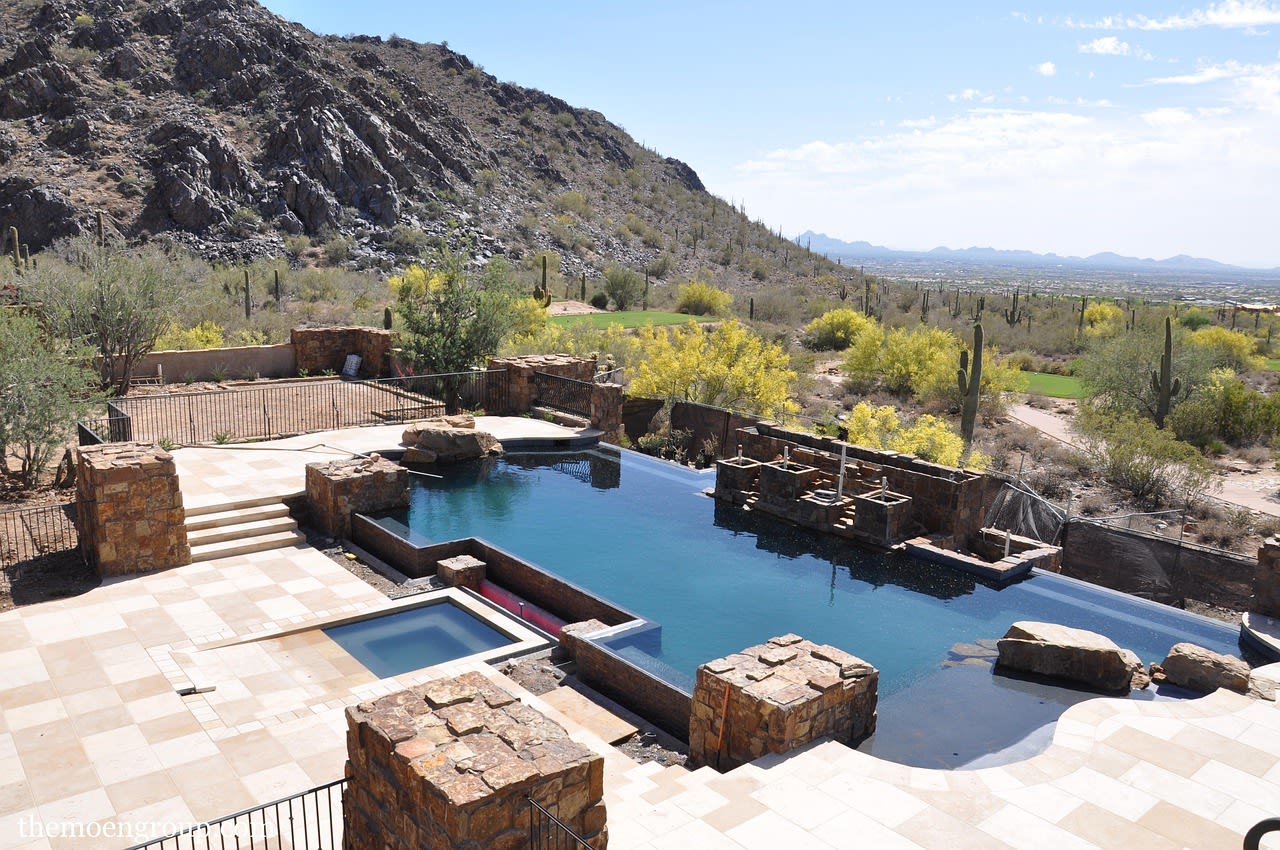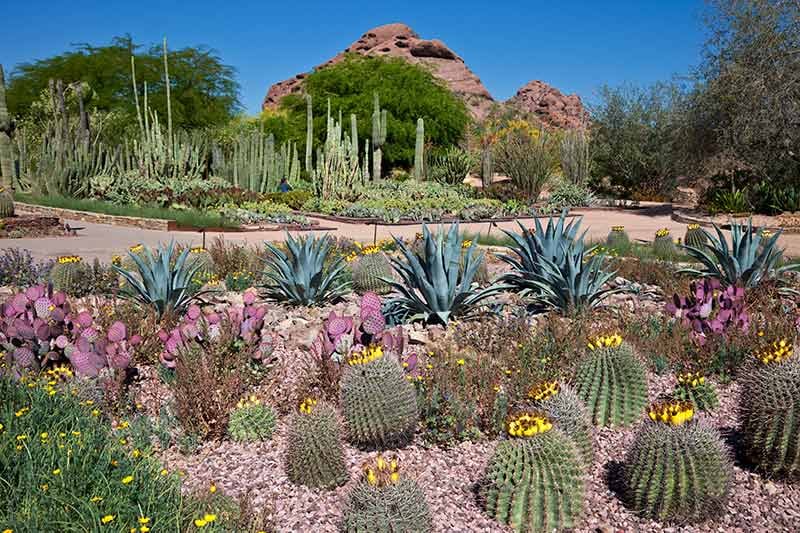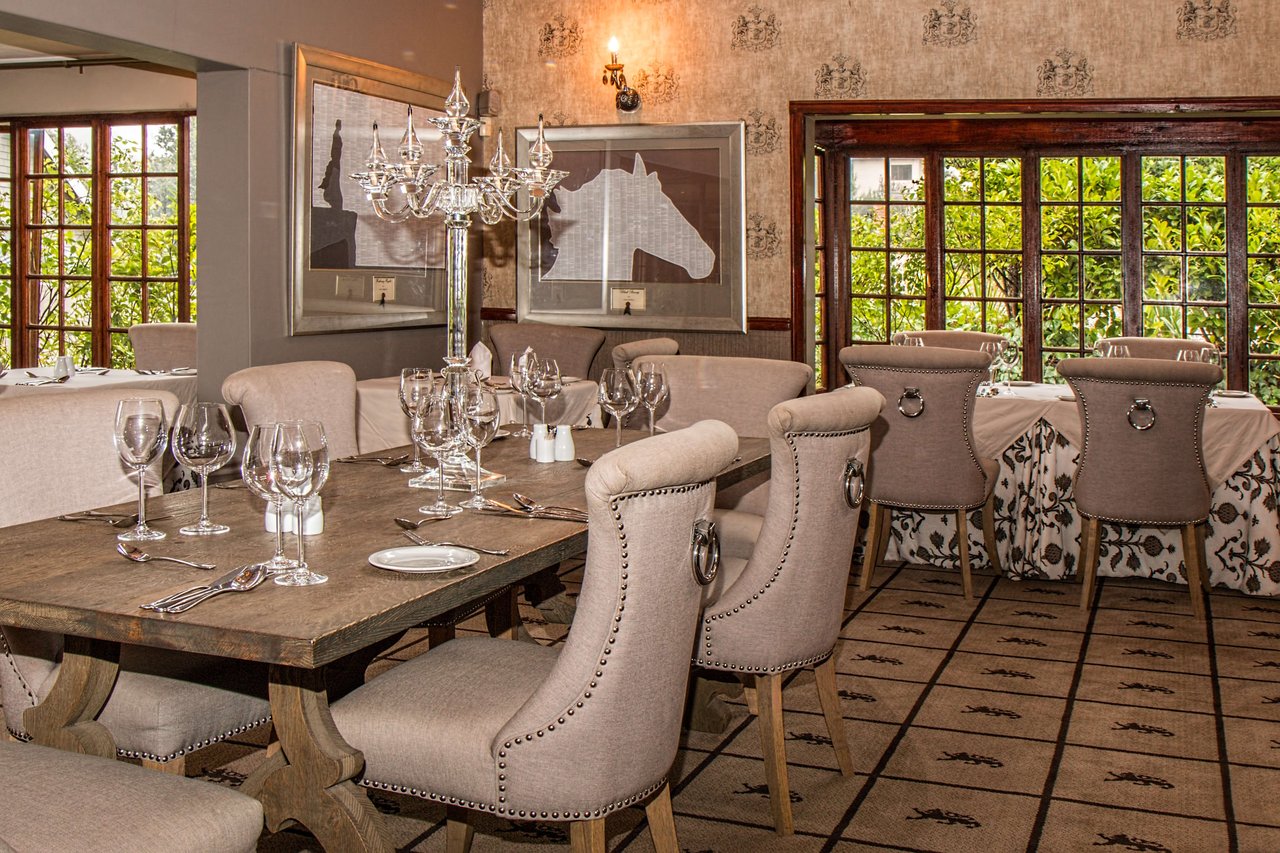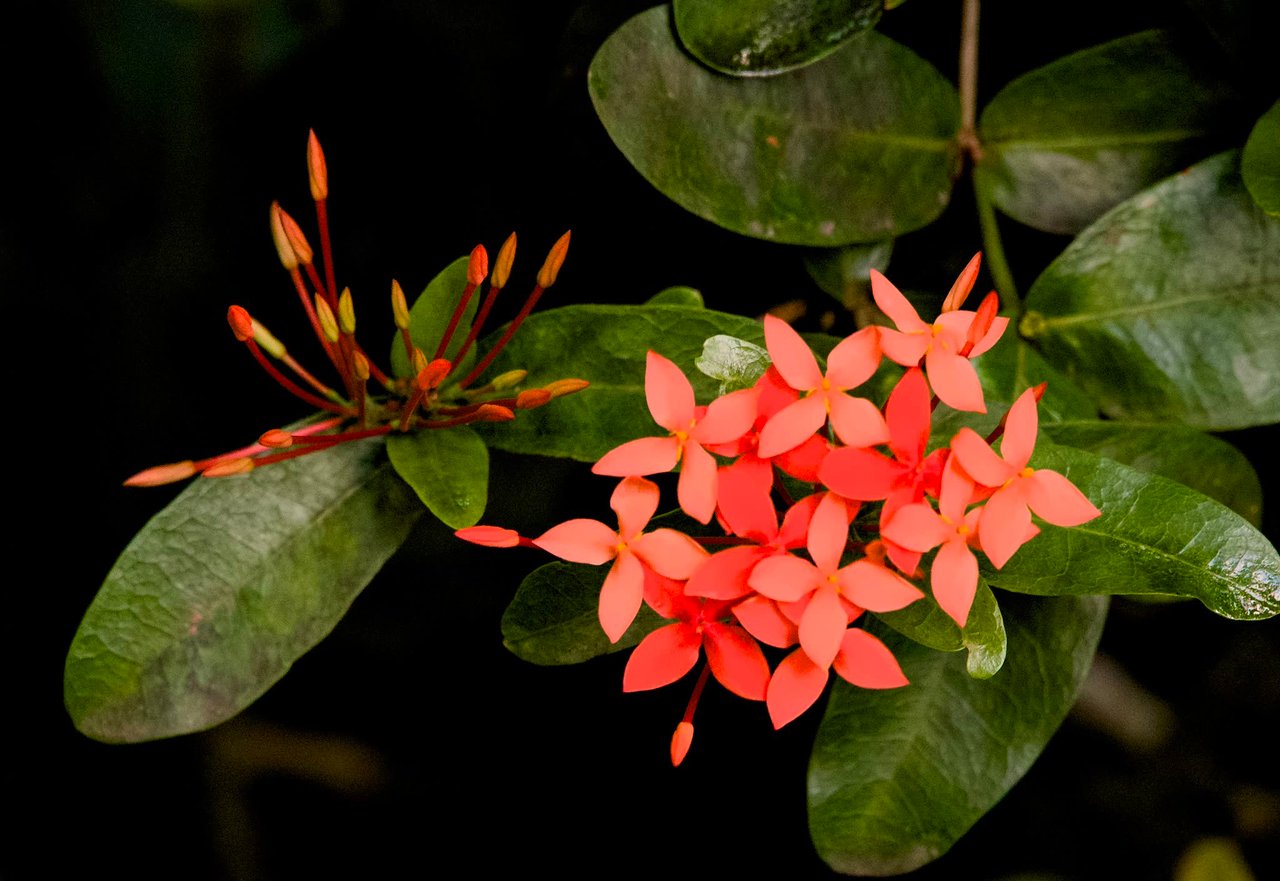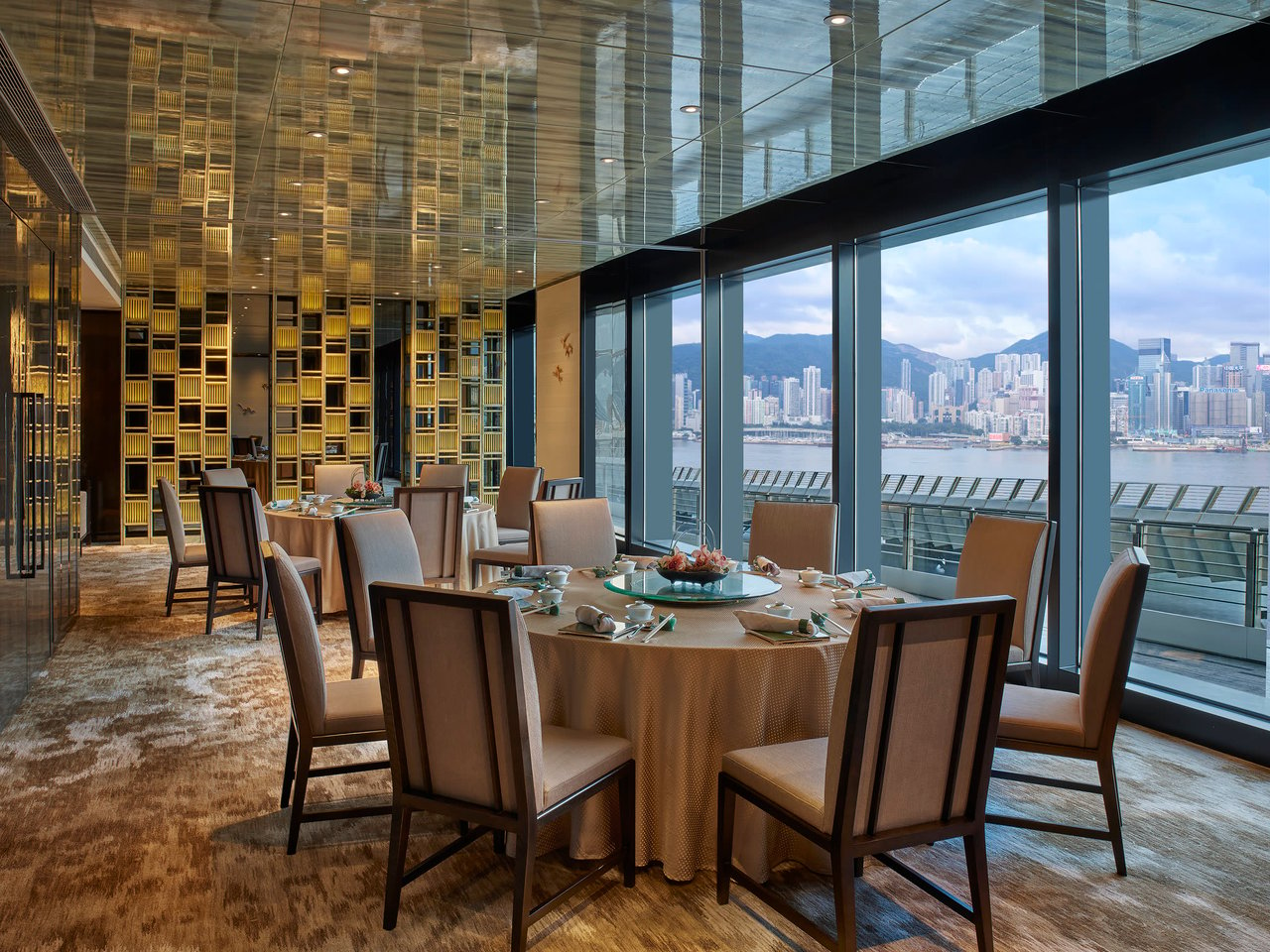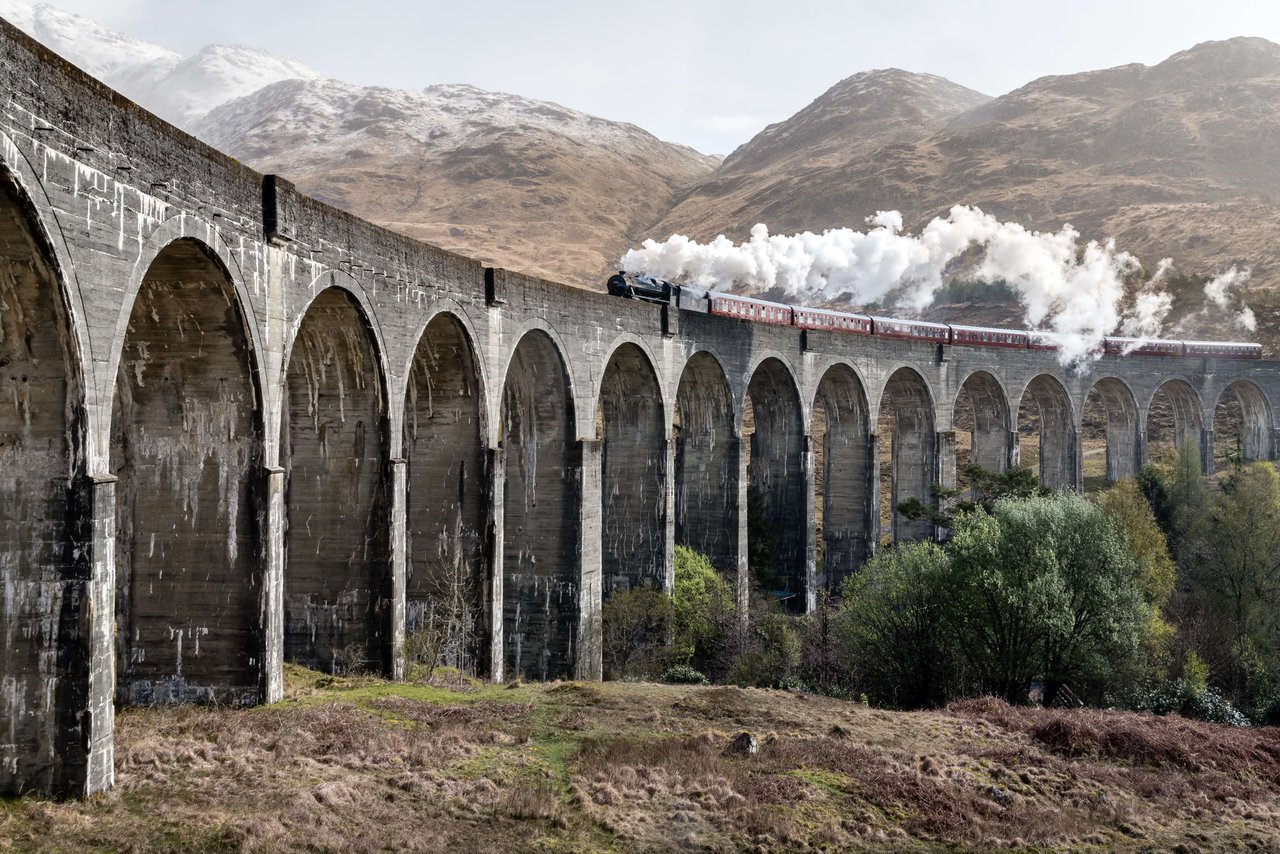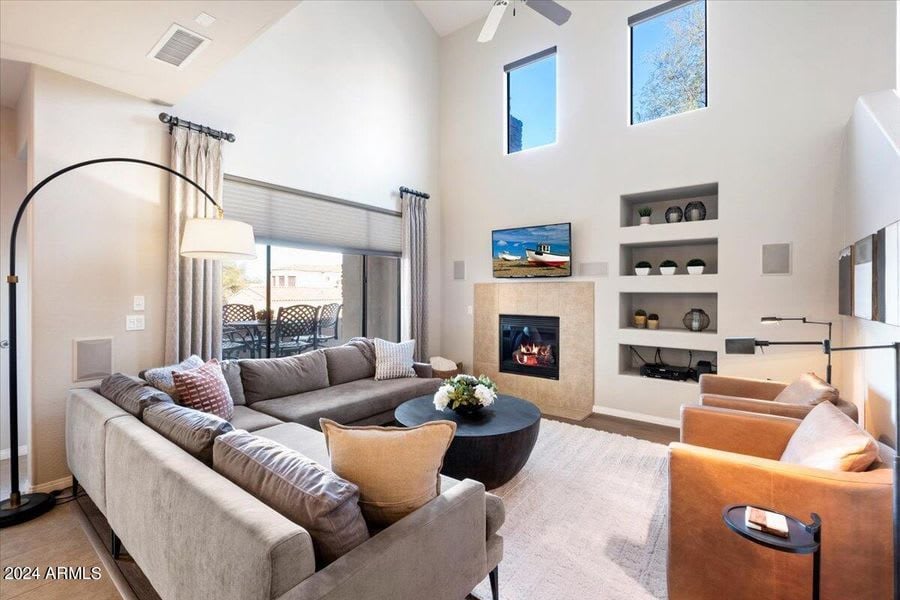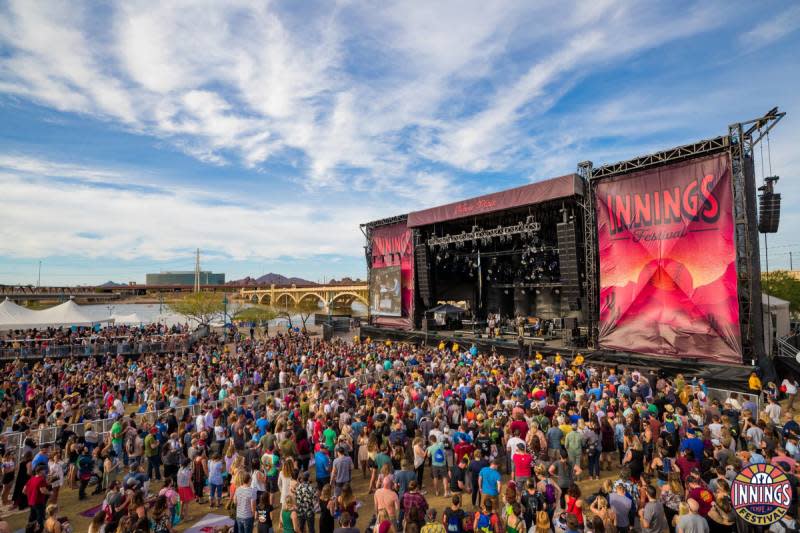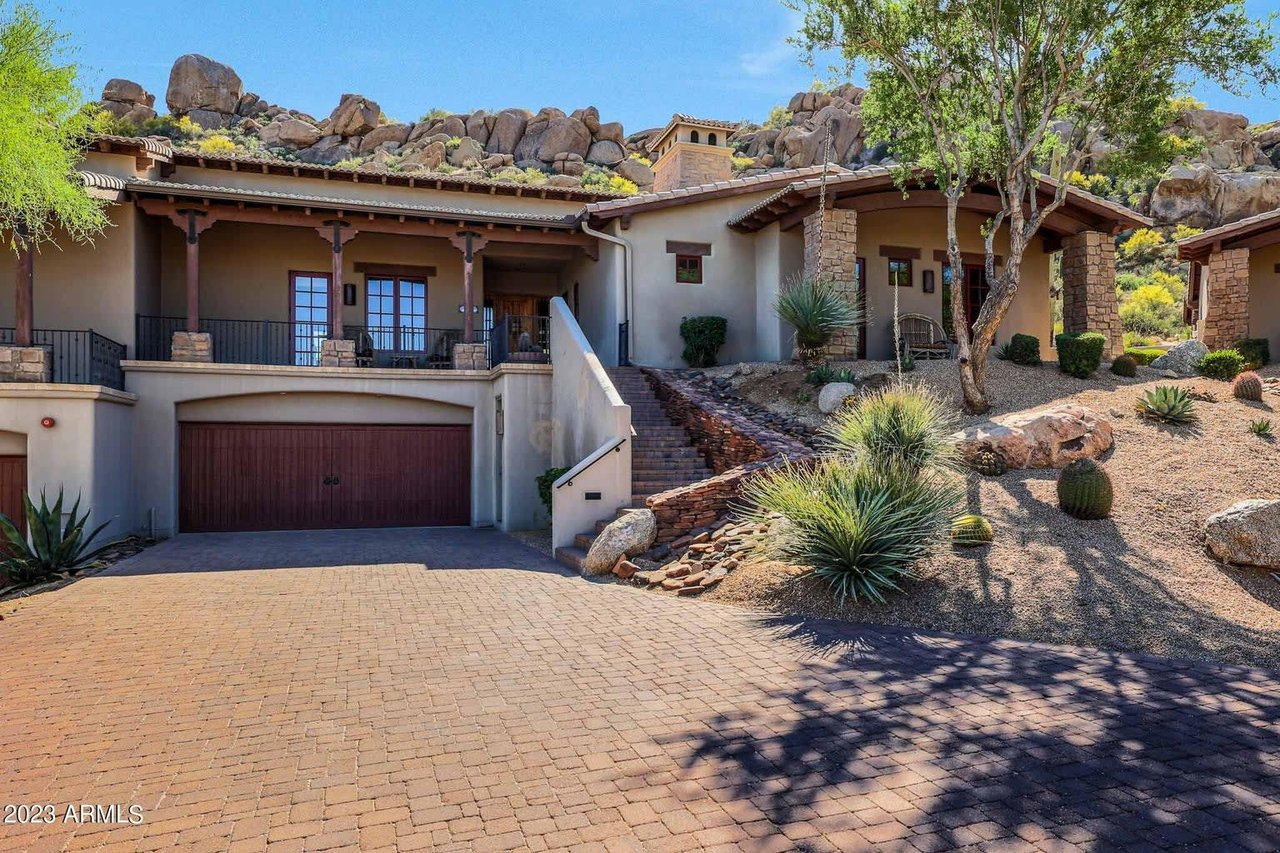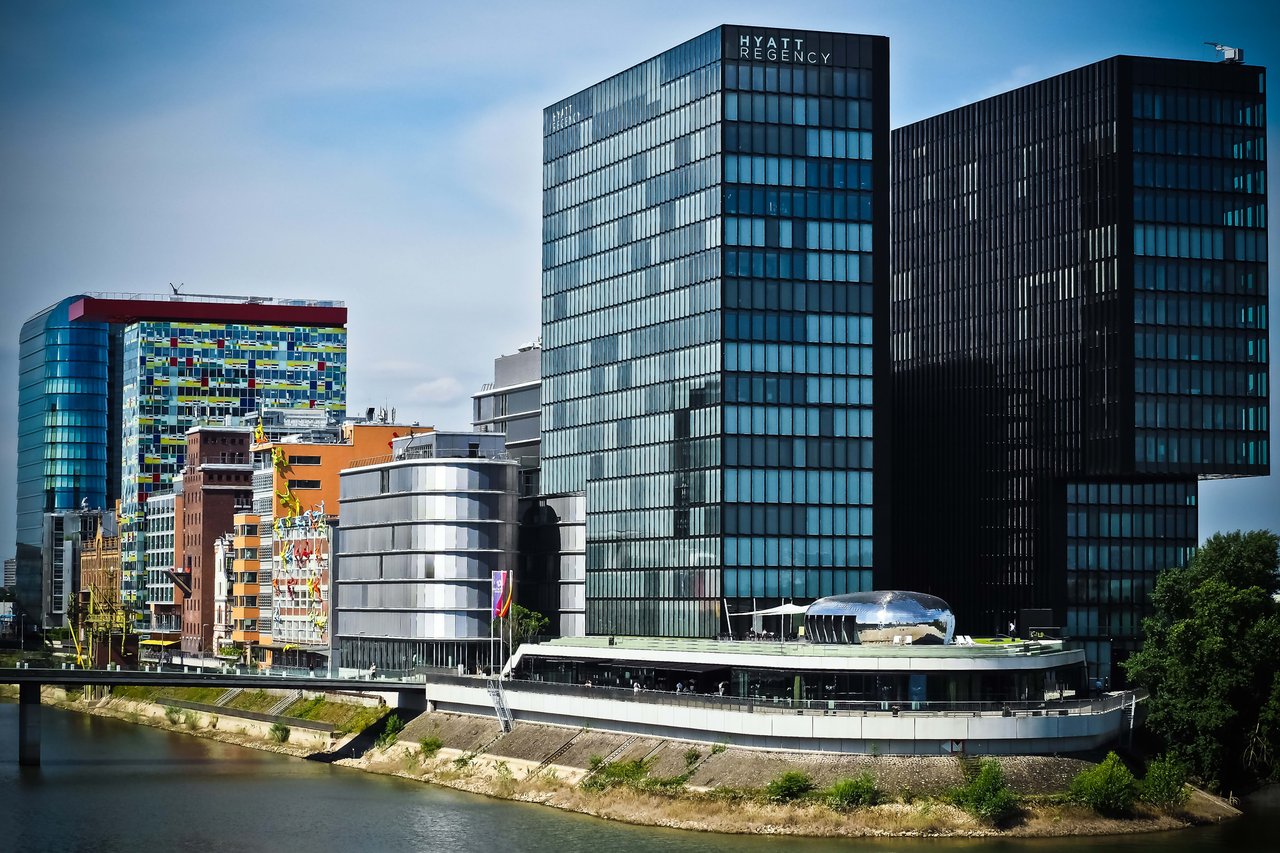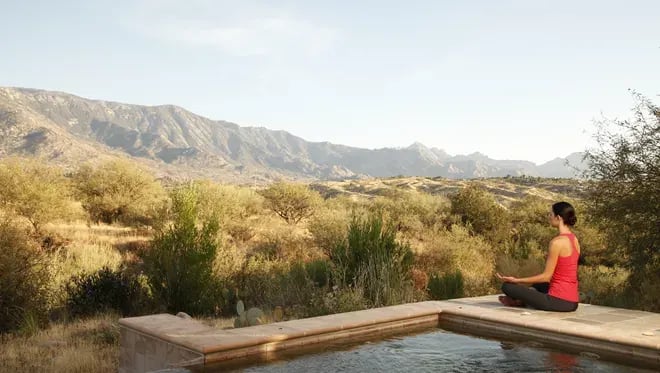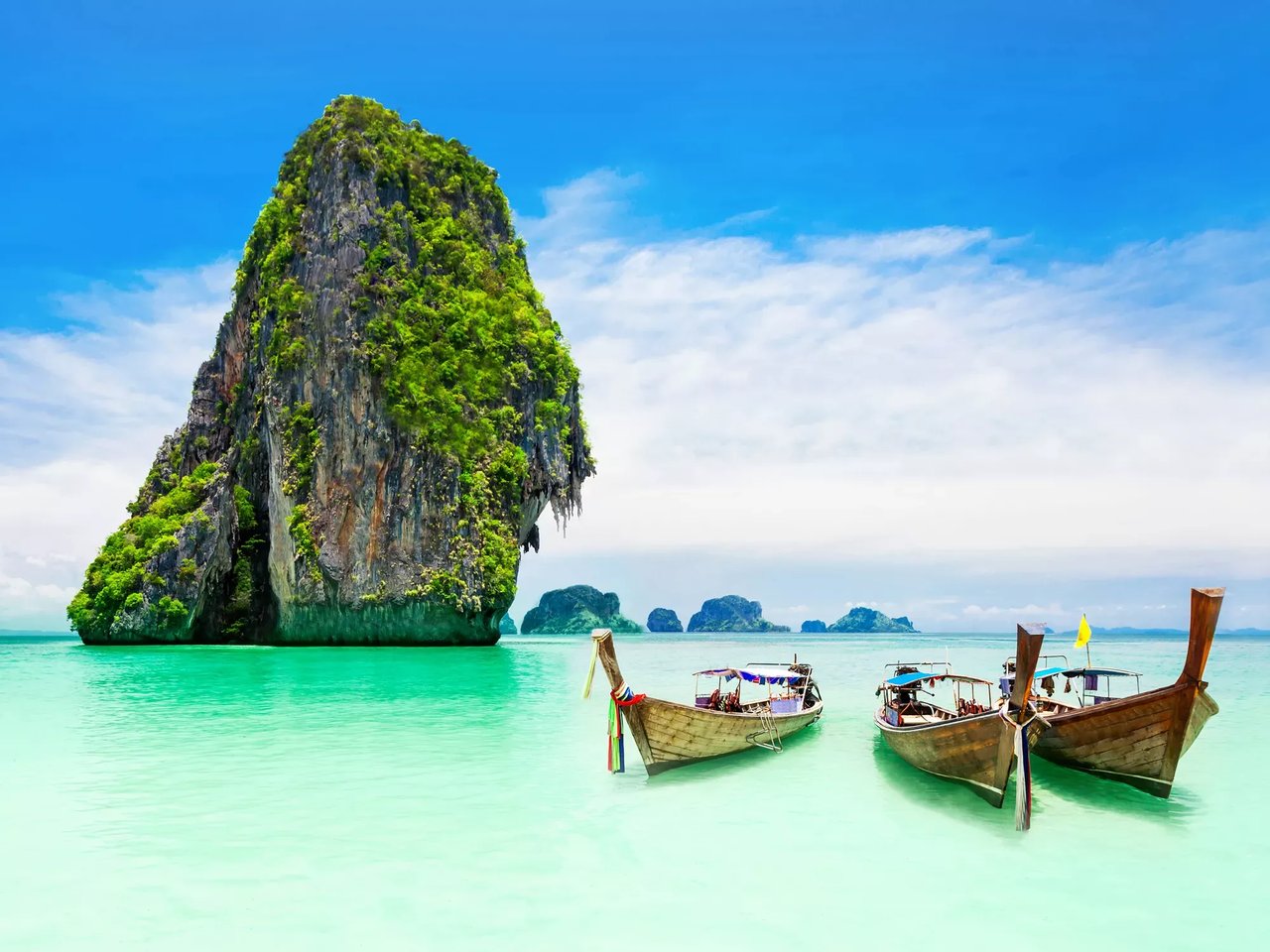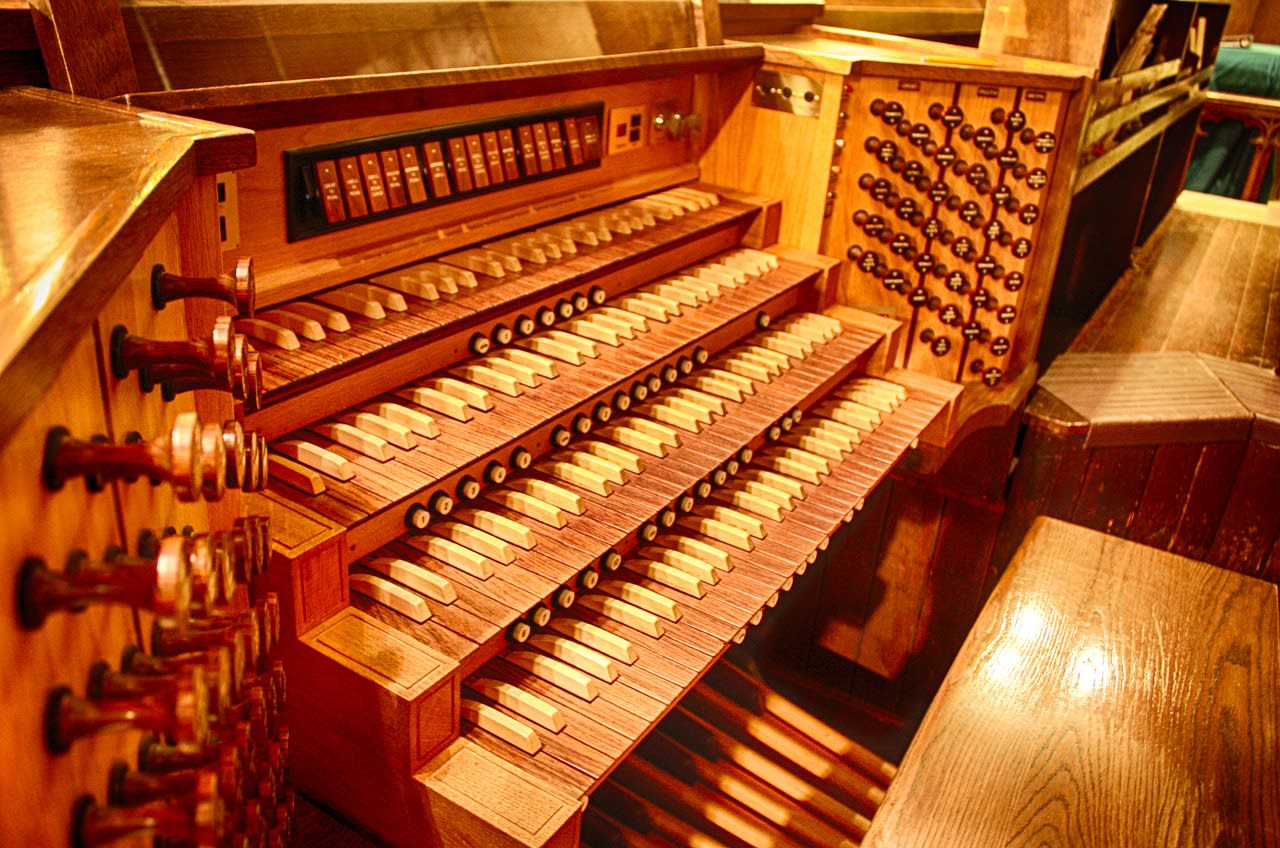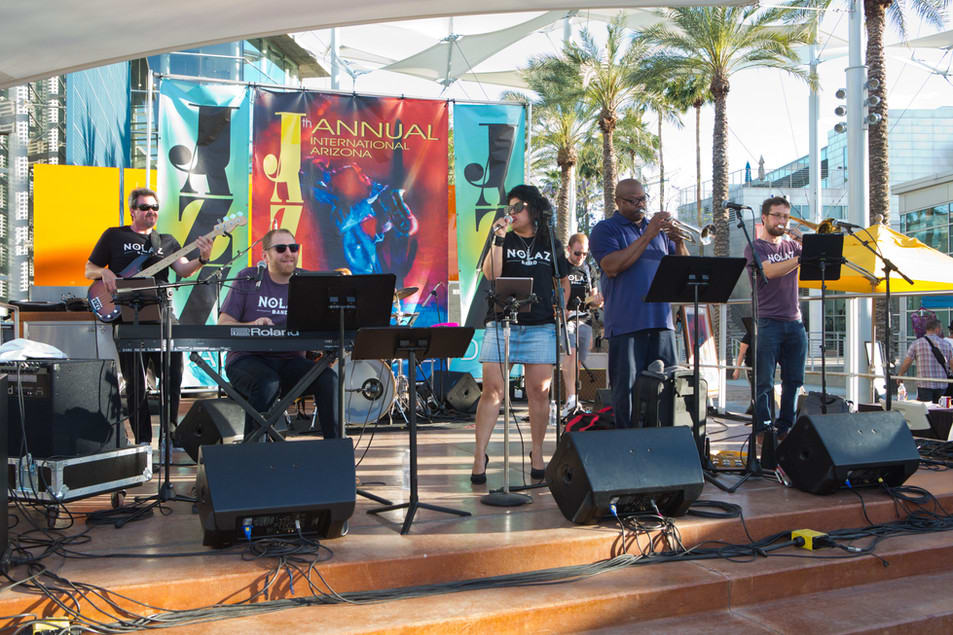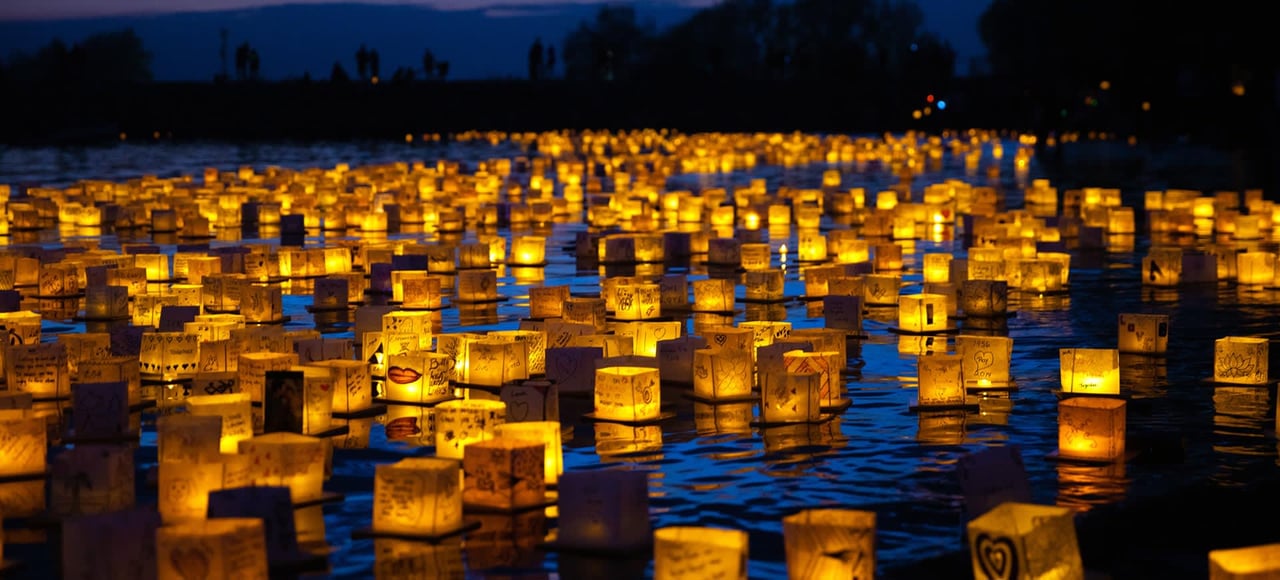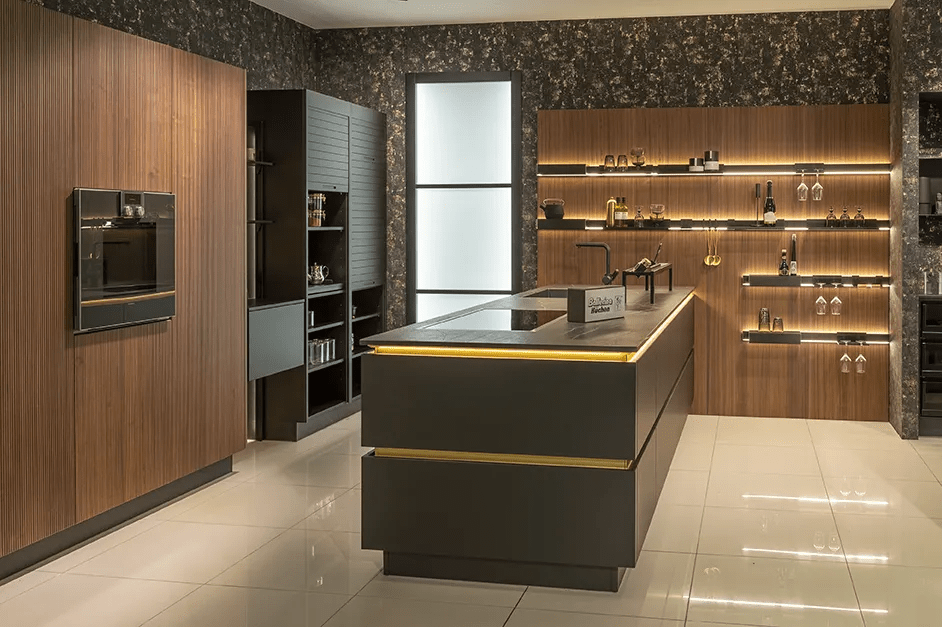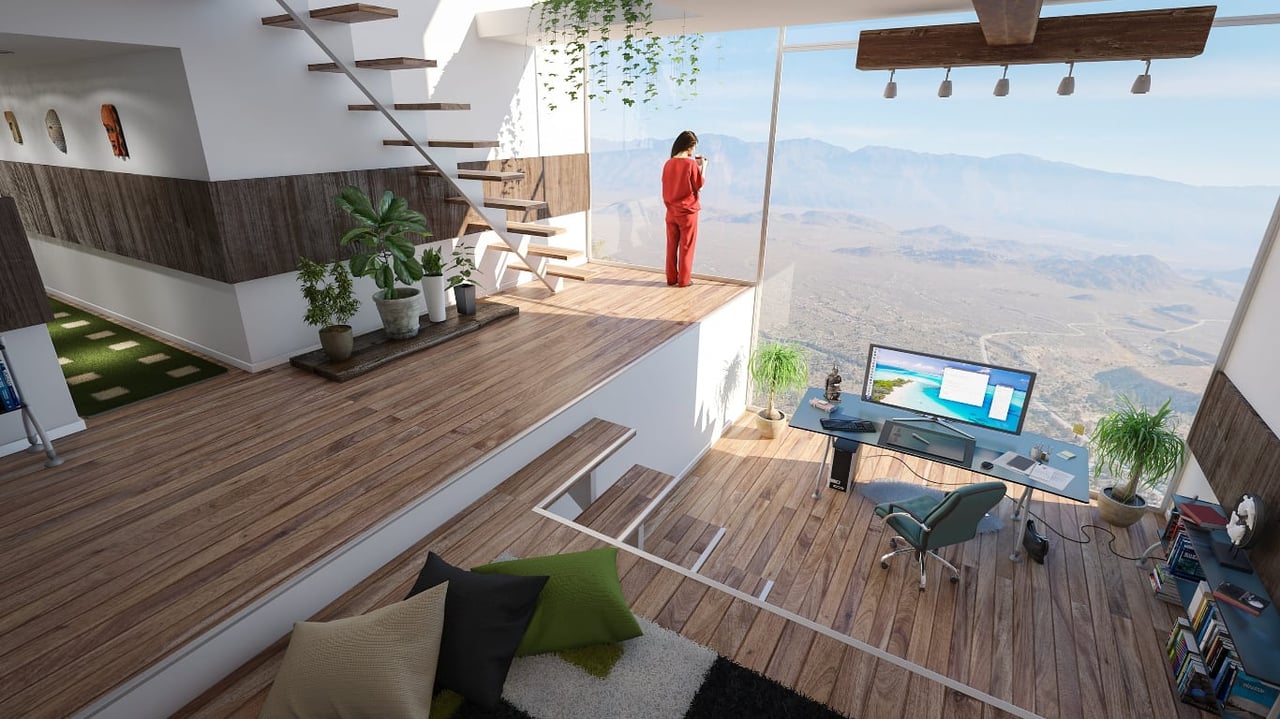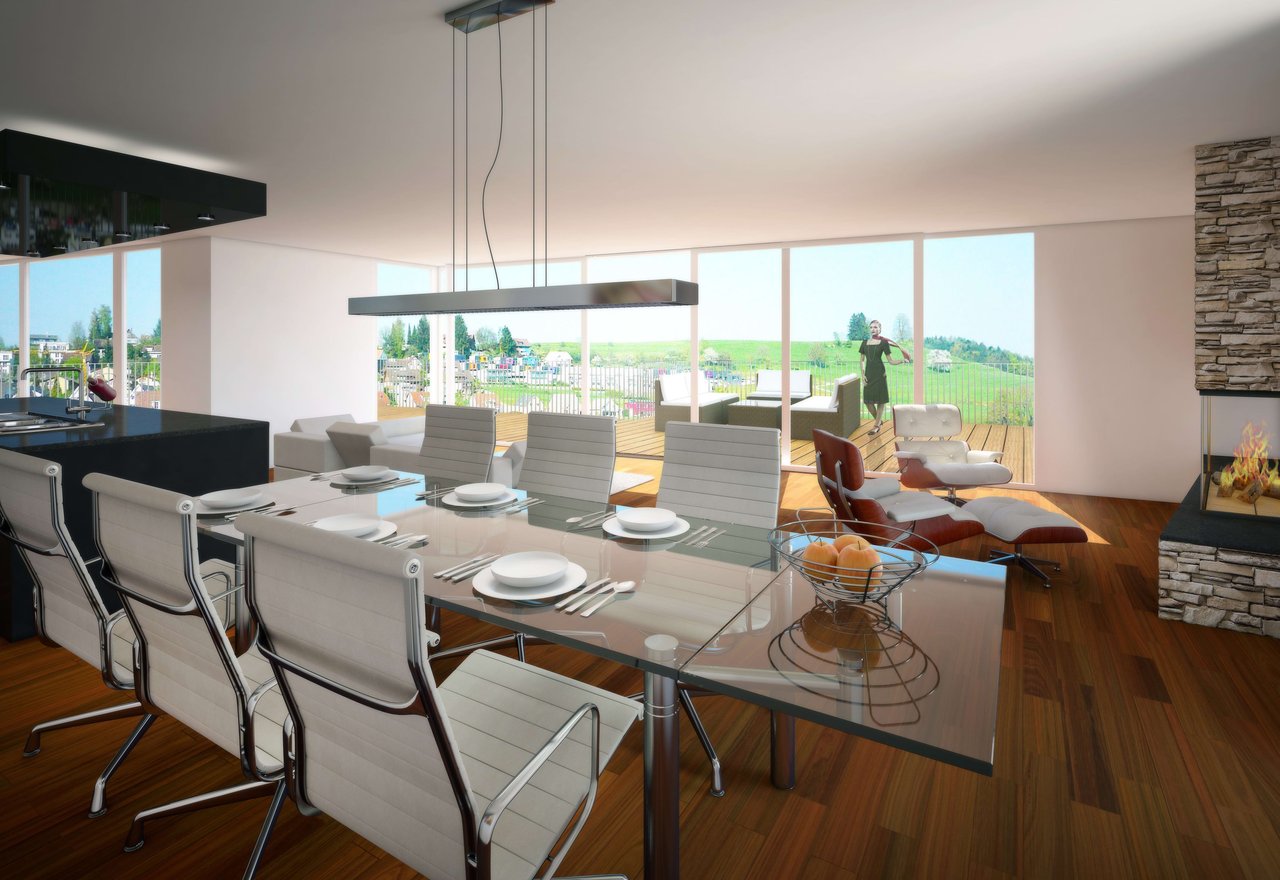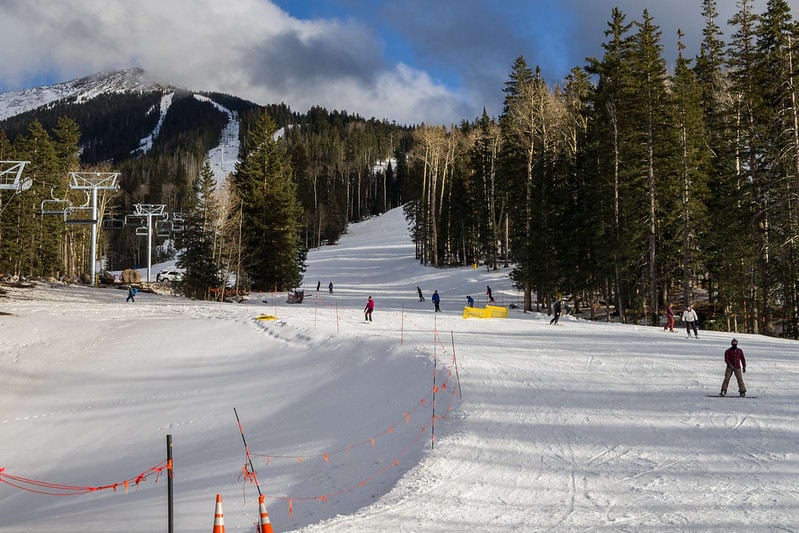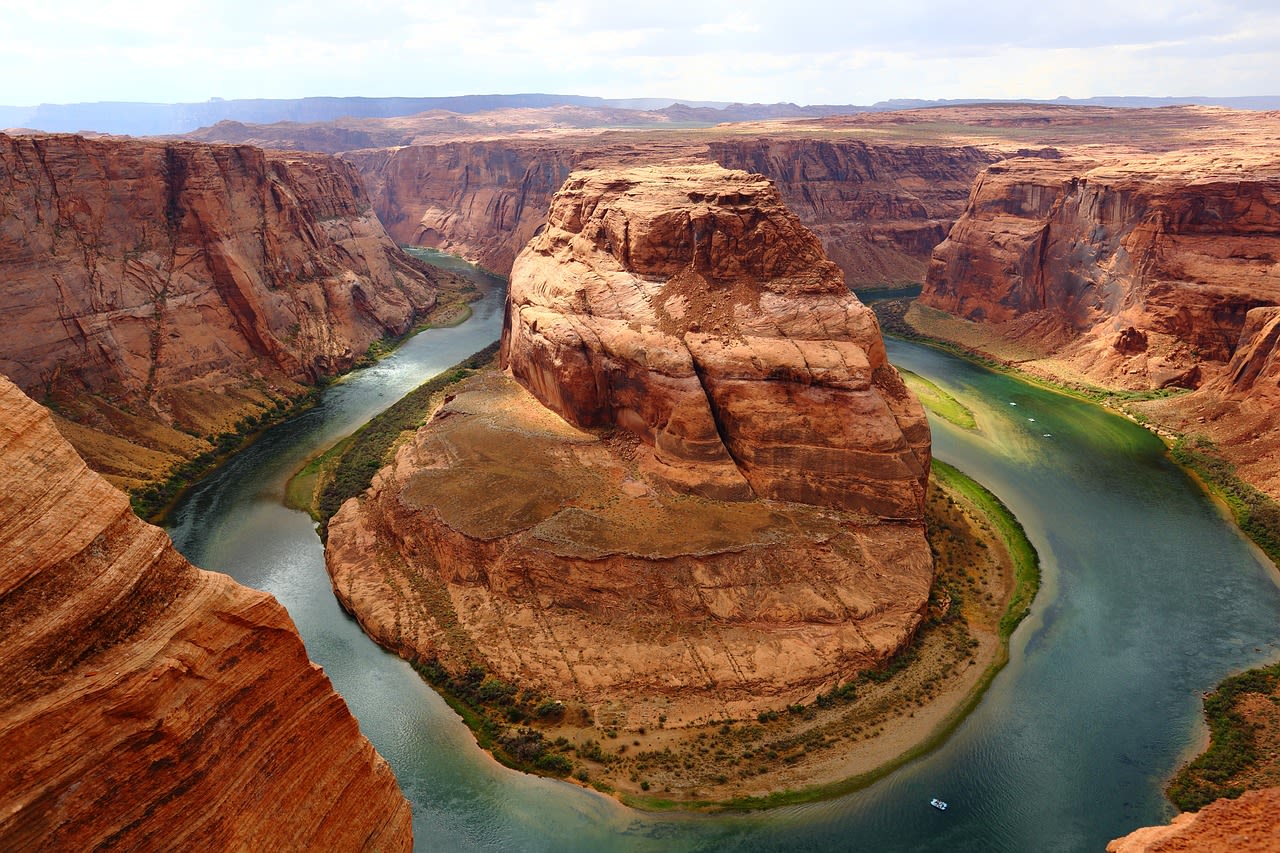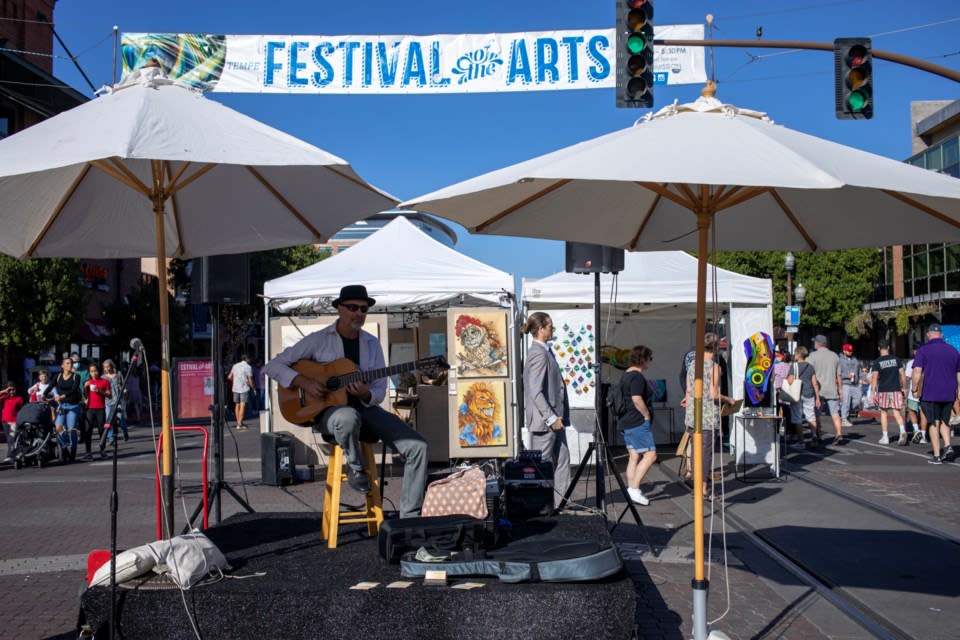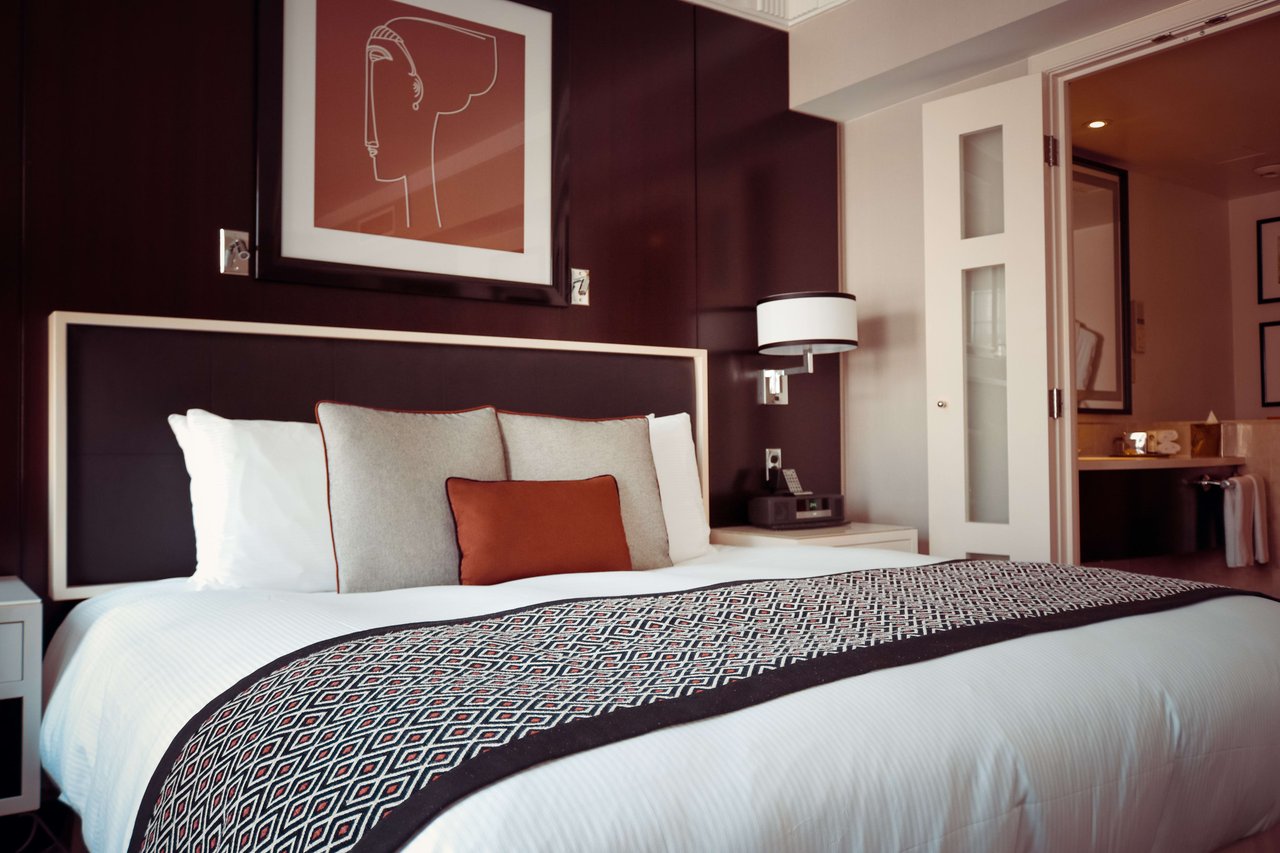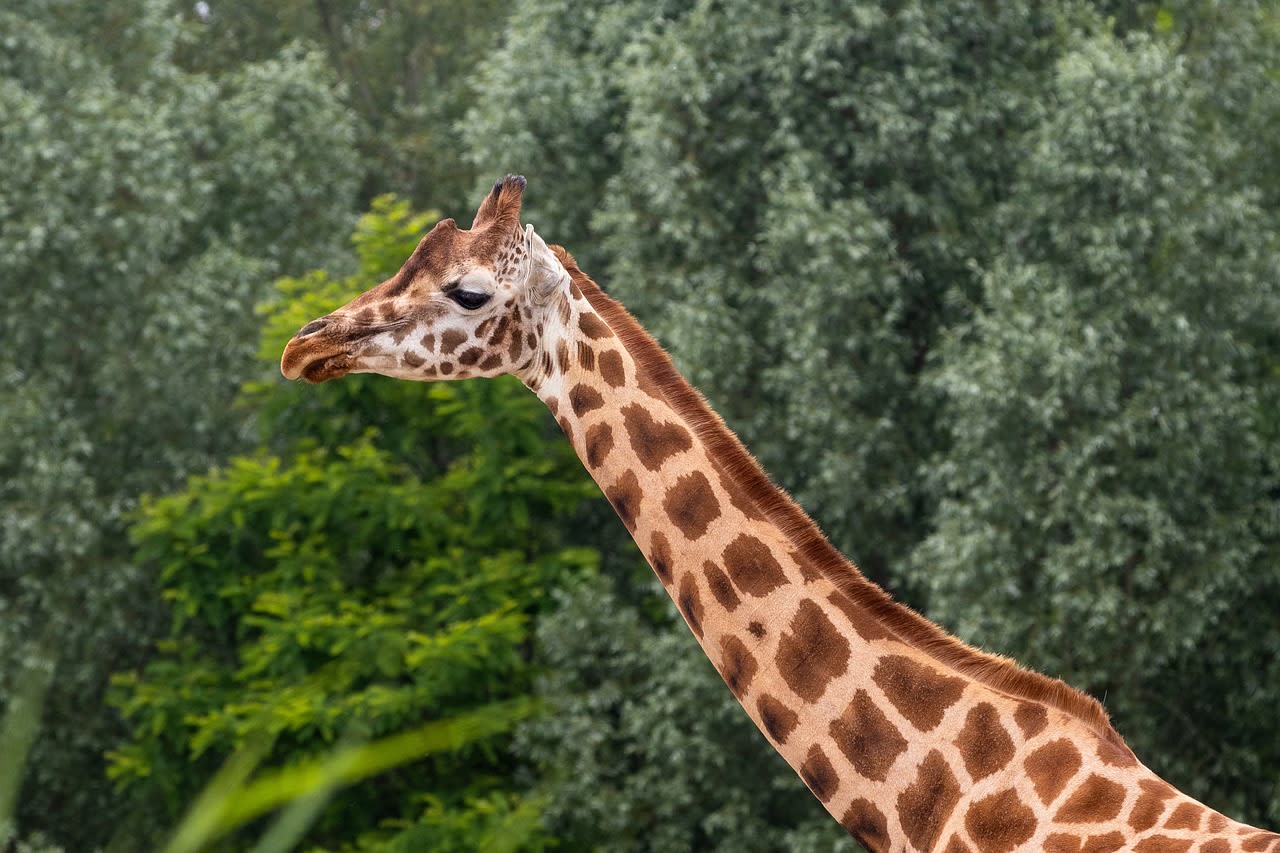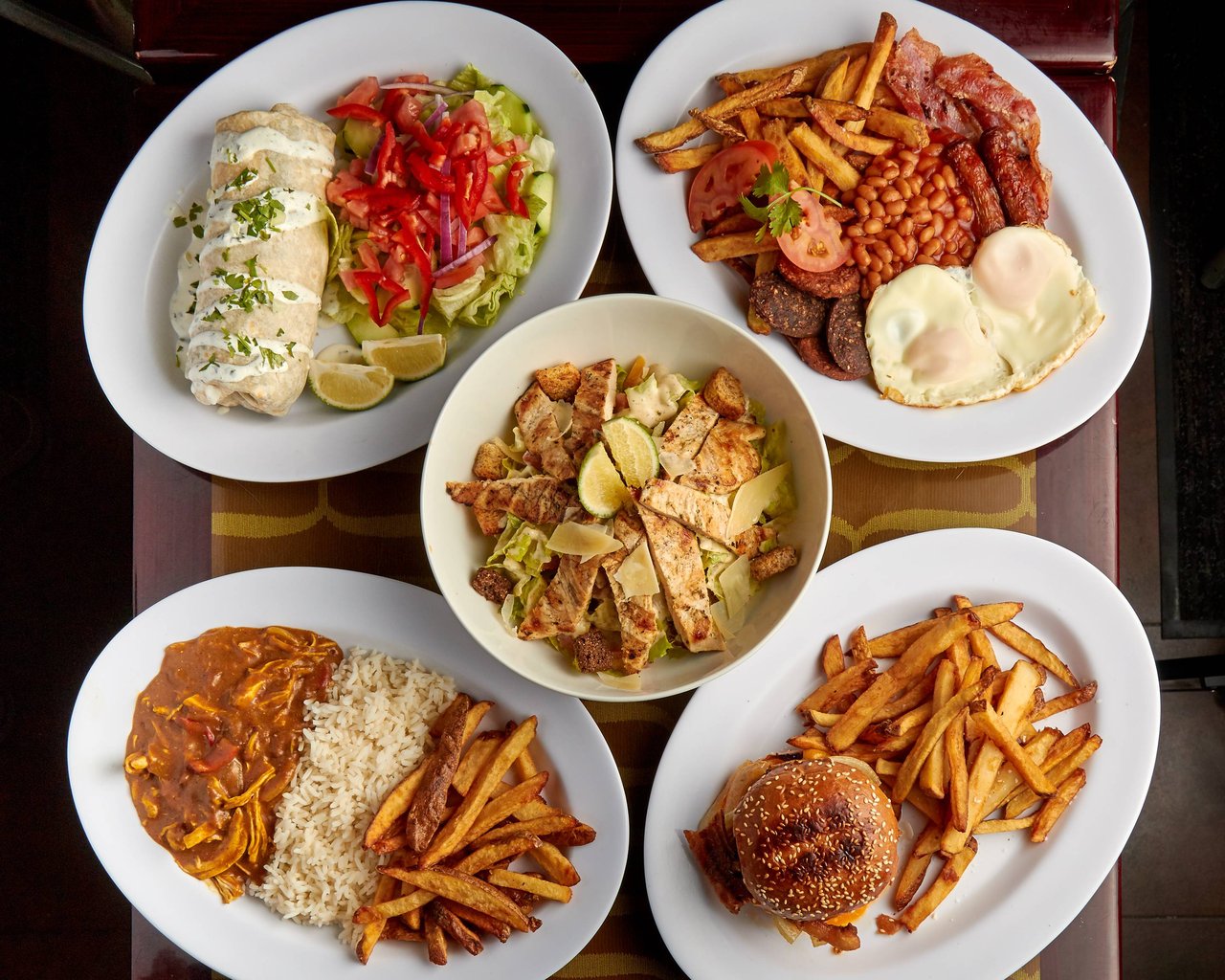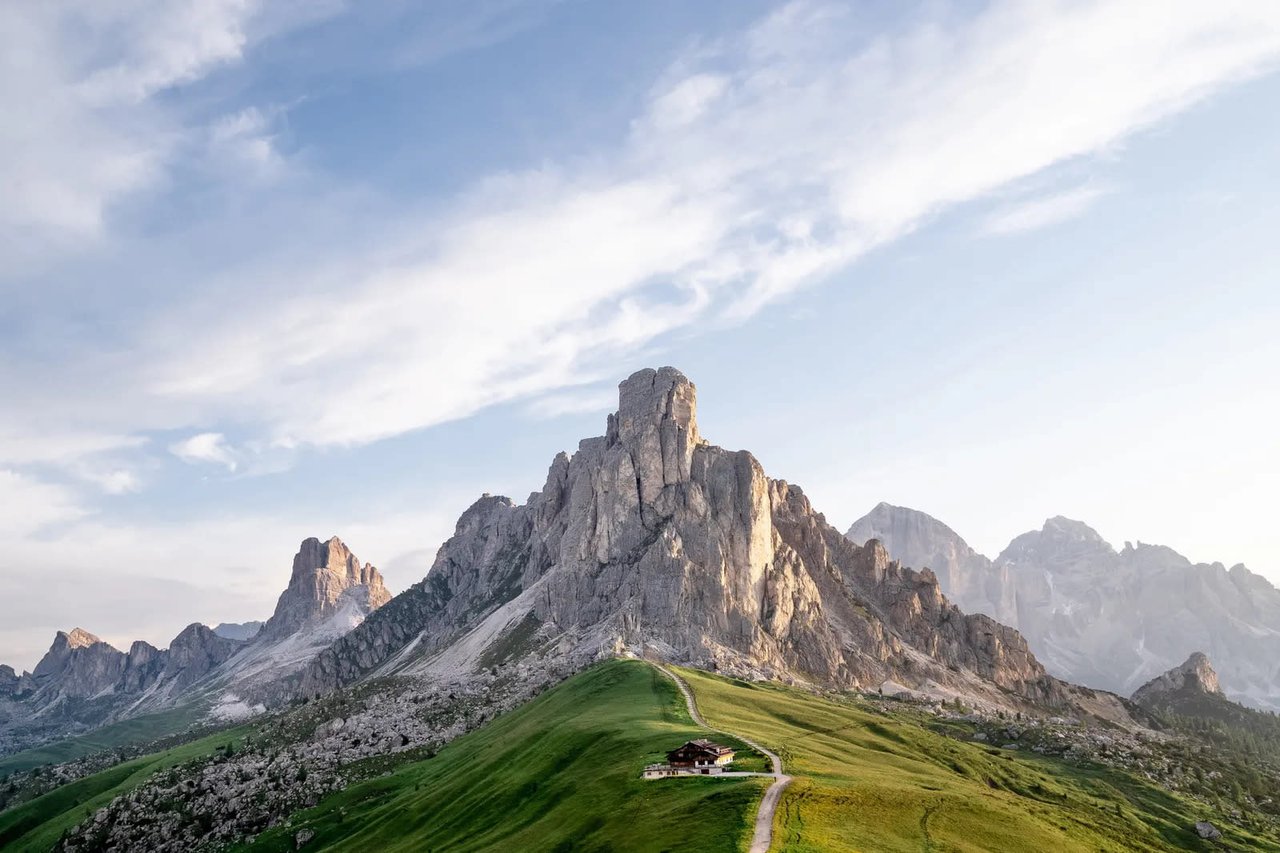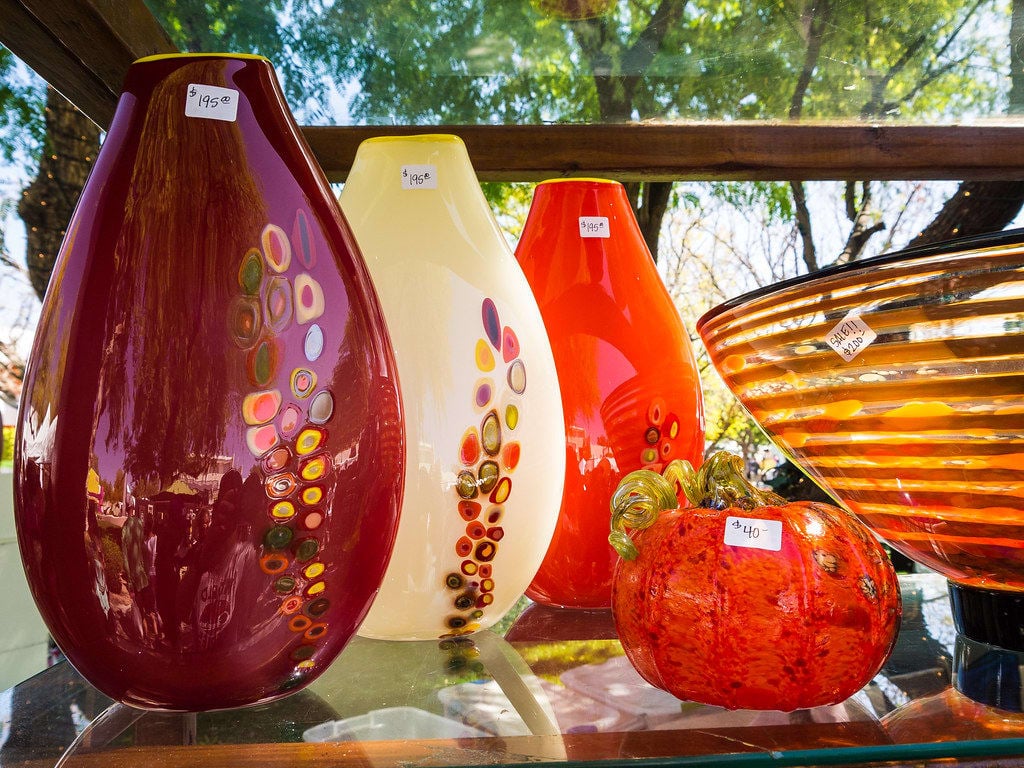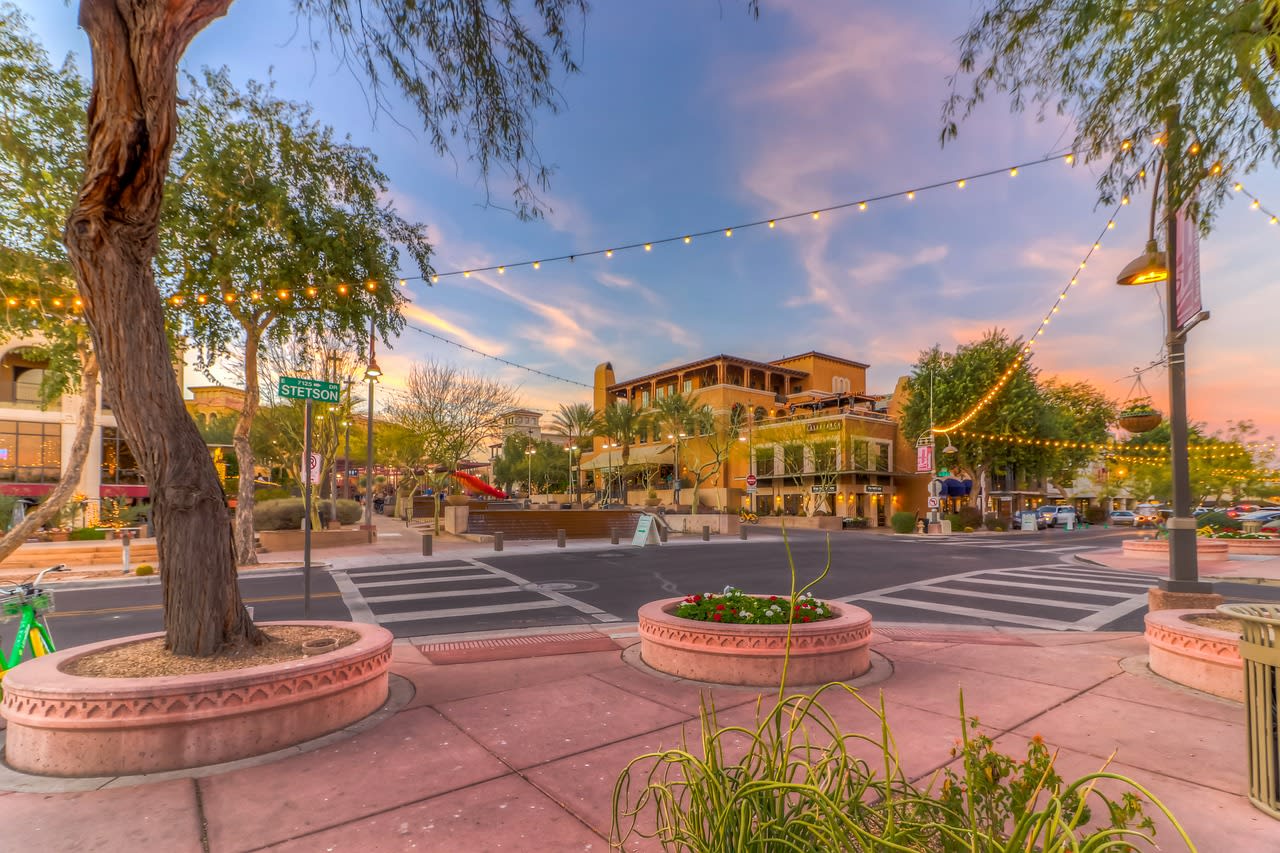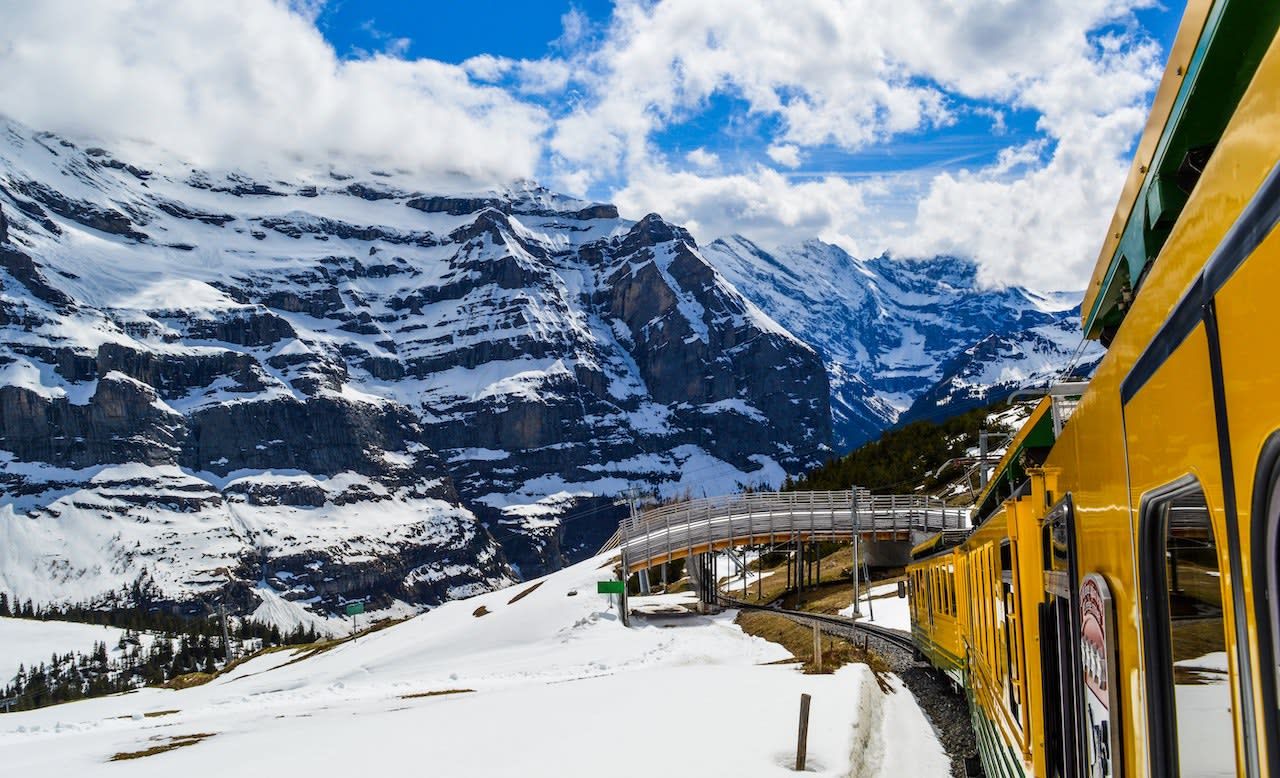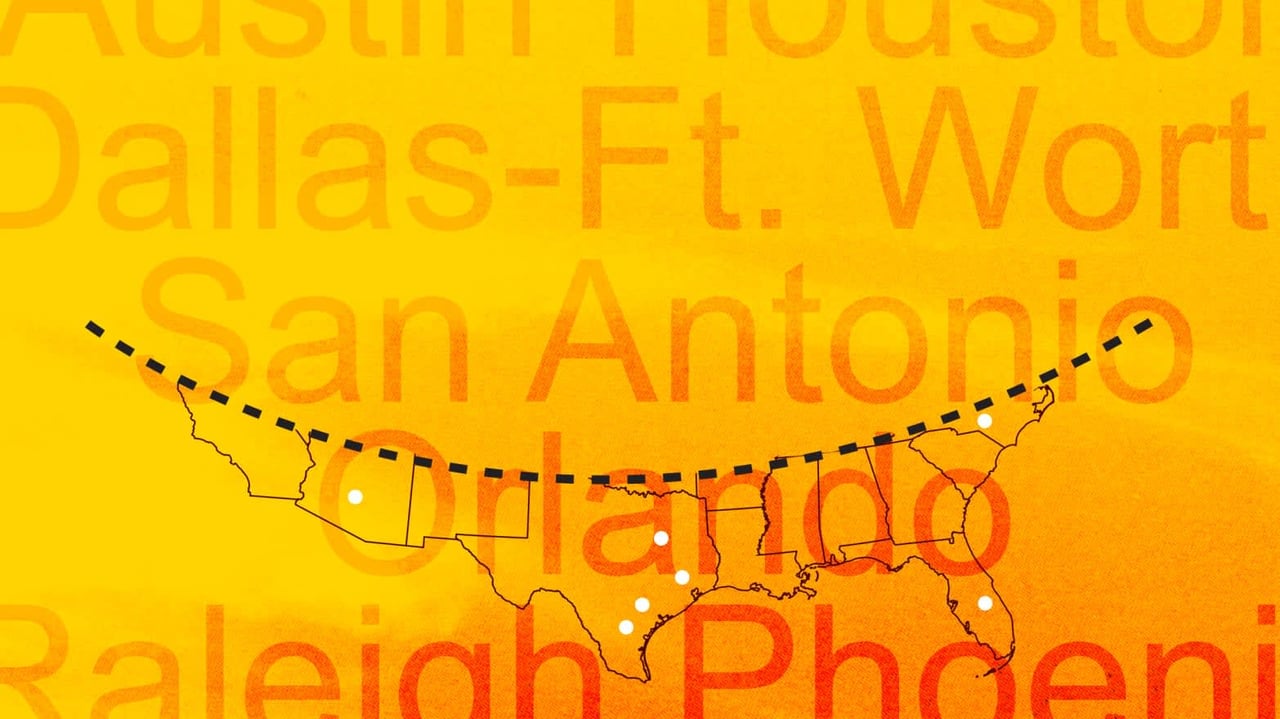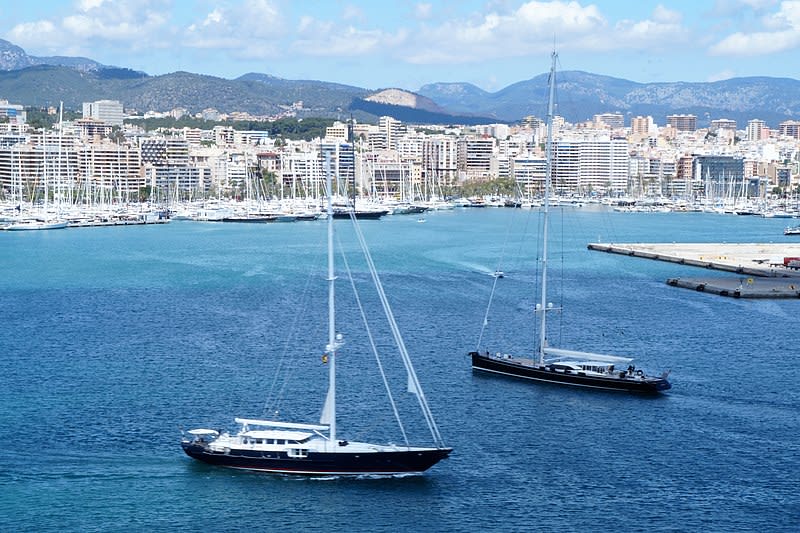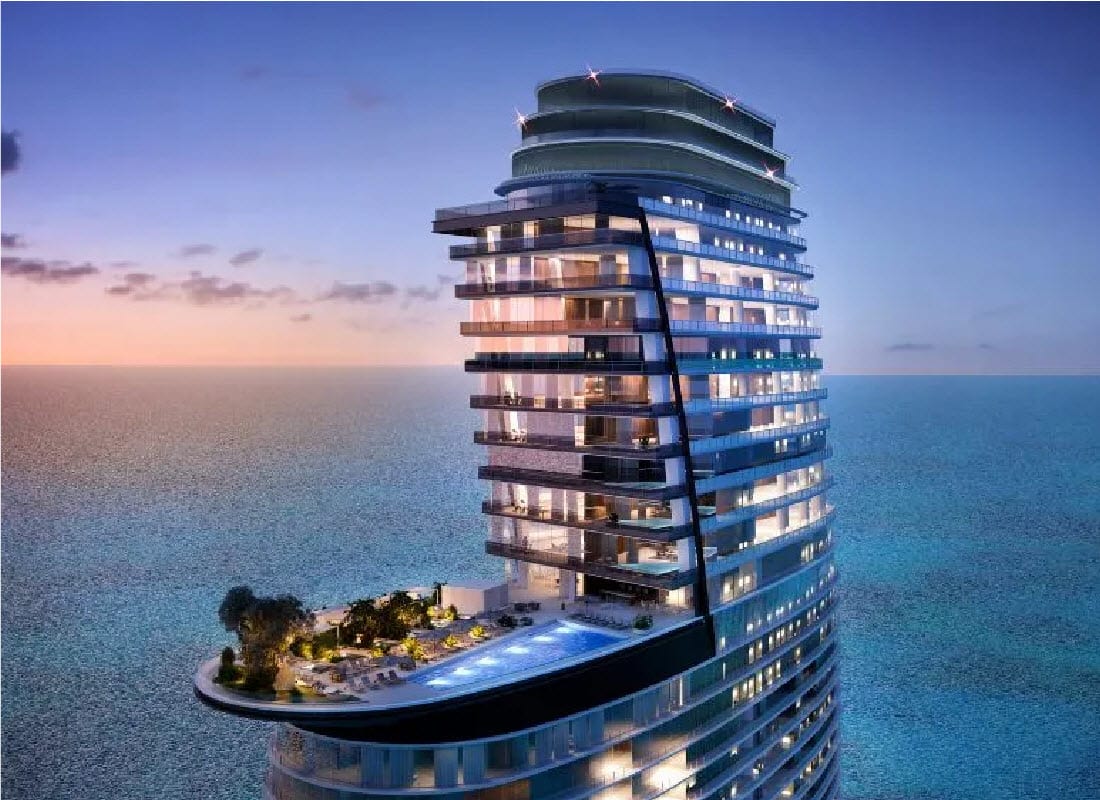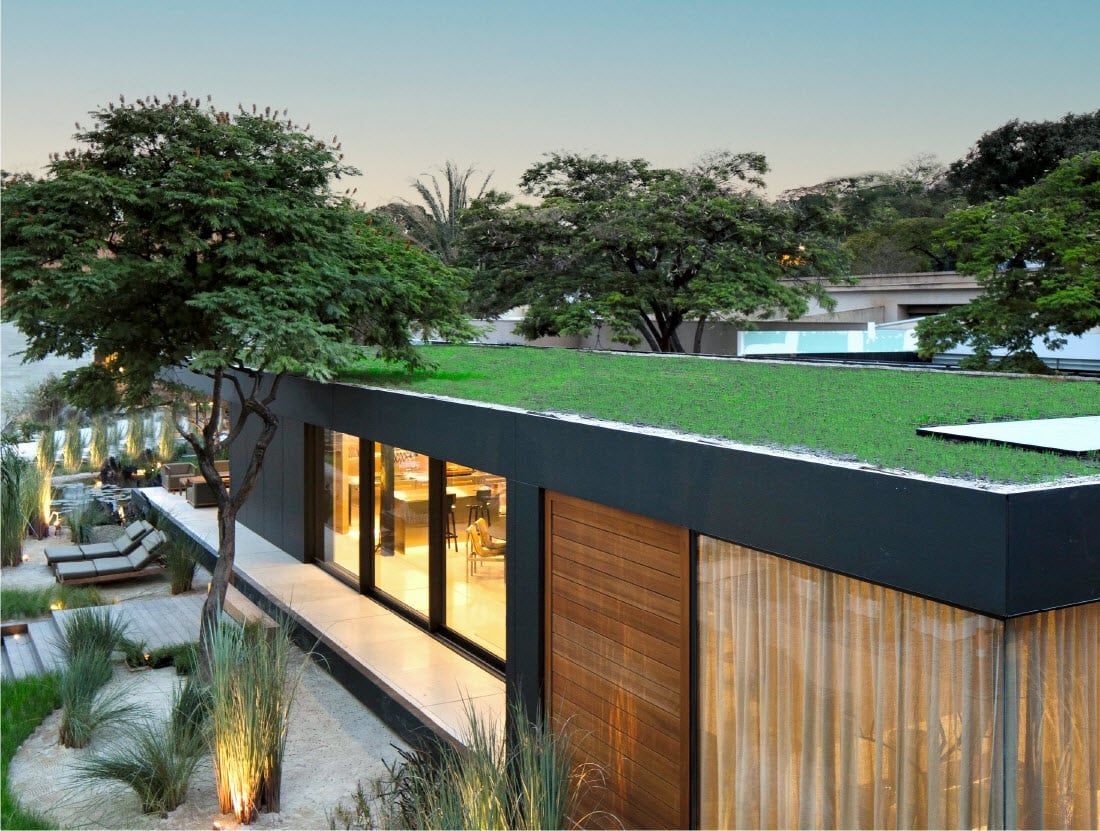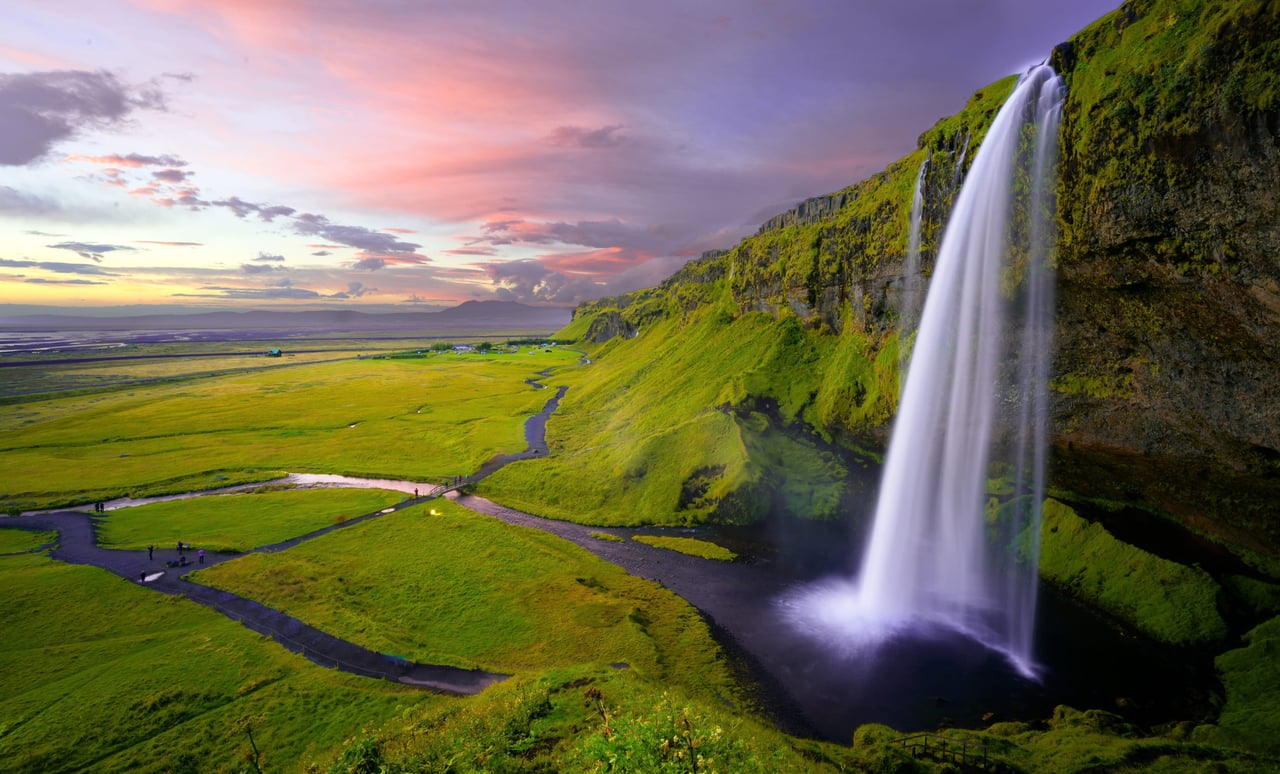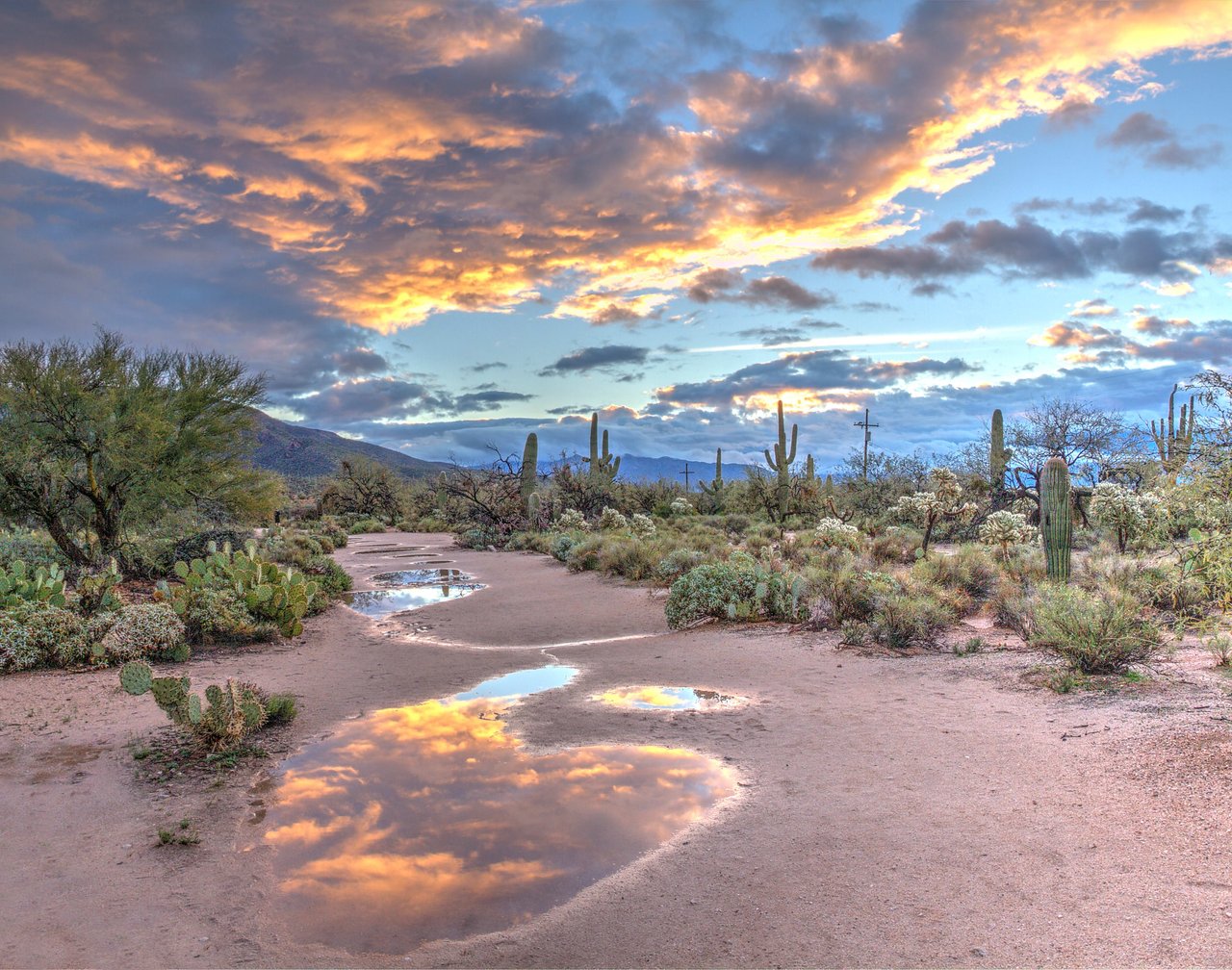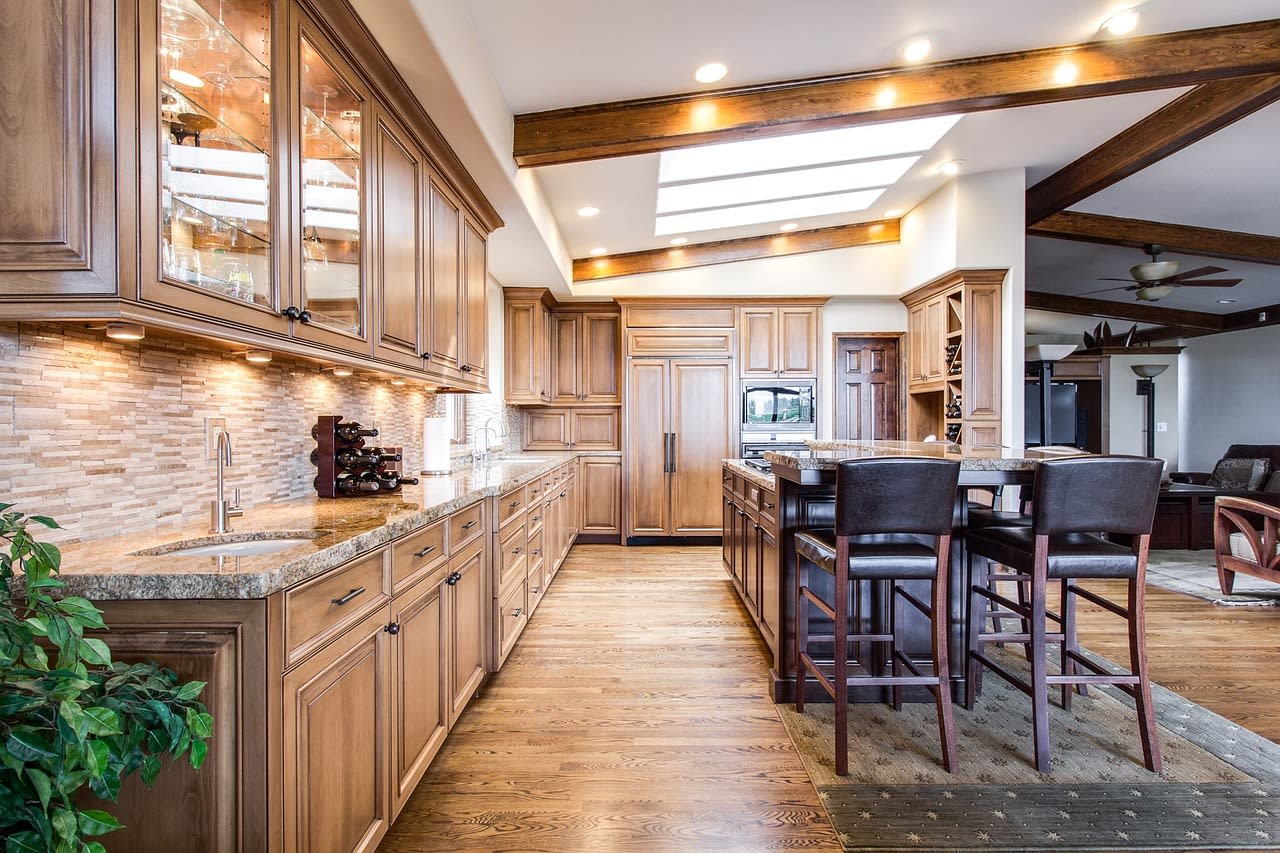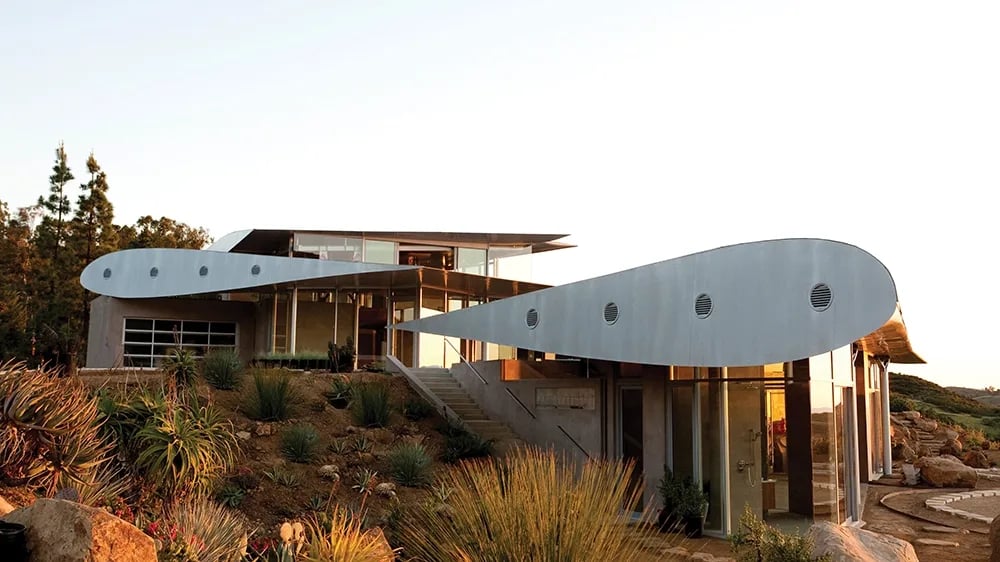Reprinted with permission from go.kw.com
In planning leisure activities, Americans rarely deviate from familiar seasons, resulting in ski vacations in January, watersports in July and road trips through autumn foliage in October. But exploring the “solar opposites” that await in the Southern Hemisphere — when Boston is buried in snow, summertime glistens in Santiago and Sydney — allows adventurous travelers to literally flip the calendar.
Award-winning outdoor journalist John Clary Davies, former editor at Powder magazine, insists the skiing in South America’s Andes Mountains — the prime season runs from June to October — rivals the Alps and Rockies. “Skiing in the Alps is incredible. The Rockies are truly magnificent. And the Andes are inimitable,” he says. Davies, who believes there is no more exhilarating way to explore new cultures than on skis, comments, “Chilean and Argentinian ski culture is entirely its own, and when it comes to adventure and beauty, the Andes stand up to any mountain range in the world.”
Davies suggests Portillo, in the Valparaíso region, is the resort with the best amenities, but his favorite Chilean destination is Nevados de Chillán, which also offers awesome backcountry skiing and ski-touring near the top of a volcano. “There’s a fun nightlife scene, and skiers take breaks in natural hot springs…It doesn’t get much better than that,” reports Davies.
According to the journalist, the Andes have already been discovered by diehard skiers from North America. “Whenever I’ve been, there’s always a solid representation of Americans who’ve made the voyage,” says Davies, who considers it a rite of passage for any serious skier. A downside to the Andes is the harsh, relentless weather, and that the region can be plagued by low-snow years. Always the optimist, Davies muses, “The good news is that when the weather’s unbearable, you still get to hang with mountain-loving South Americans…Pisco sours, anyone?”
While their mountain summits may not be as majestic, other world-class ski destinations can be found throughout the Southern Hemisphere. In summer, when stateside ski resorts are overtaken by hikers and mountain bikers, skiers craving fresh powder can head south to Perisher in Australia, Craigieburn Valley in New Zealand or Tiffindell in South Africa.
For most Americans, Australia evokes images of surfing and trekking through the outback, but skiing Down Under is a popular activity from June through October, varying by location. Most resorts are located in the Australian Alps between Sydney and Melbourne, where mountain peaks reach approximately 7,000 feet — modest by European Alps or Rocky Mountain standards, but more than adequate for generating a major downhill rush.
Thredbo, located in New South Wales six hours from Sydney, is popular for its long runs and its Supertrail is, in fact, Australia’s longest ski run at a full 3.7 miles. The largest ski resort in the country is Perisher, also in New South Wales, with nearly 3,000 acres of skiable terrain. Because Perisher is operated by Colorado-based Vail Resorts, American skiers holding Vail’s Epic Pass can ski for free there, as well as at the Falls Creek and Hotham resorts in the Australian state of Victoria.
“Skiing in Australia on its best day is as good as anywhere else in the world,” insists Stuart Diver, general manager of Thredbo. He suggests the terrain and snow conditions are comparable to acclaimed overseas resorts, albeit slightly smaller in scale than premier European and North American destinations. “Skiing through the native snow gums [a variety of eucalyptus tree] is an experience offered nowhere else,” says the manager.
In terms of amenities, Diver believes Thredbo compares favorably with Northern Hemisphere resorts, stating, “We have world class accommodations coupled with great food and beverage, as well as retail opportunities.” In addition to high-speed chair lifts, Thredbo offers a newly installed eight-person gondola, and Diver reports, “State-of-the-art snowmaking systems add to the natural snow falls to make our Australian skiing a very memorable experience.” Founded in 1956, Thredbo is older than many American resorts, and increasing numbers of Northern Hemisphere skiers and snowboarders looking for an “off-season” fix are discovering Australia.
No resort city in South America represents the continent’s allure more than Punta del Este, a short drive from Uruguay’s capital city of Montevideo. The glamorous retreat referred to as “Monaco of the South” is just beginning to attract jet-setting Northern Hemisphere tourists escaping their own frigid winters. Late December and early January (summertime) is considered peak season here, when the population of the small coastal town explodes to more than 400,000.
Punta del Este visitors soak up rays at Brava Beach, where “La Mano” — a sculpture of giant concrete fingers reaching through the sand, created by Chilean artist Mario Irarrázabal — is particularly Instagrammable. Travel journalist Laura Itzkowitz, who has written about the destination for Departures and Architectural Digest, reports, “Punta del Este is the gateway to Uruguay’s Maldonado department, home to boho-chic beach enclaves like José Ignacio and hill towns like Garzón, where acclaimed chef Francis Mallmann runs a restaurant.” Regarding its draw, the writer observes, “It has been frequented by wealthy South Americans — especially Porteños [residents of Buenos Aires] — for decades, but it’s been a bit slower to come onto the radar of North Americans and Europeans.”
“The resort city has often been called the ‘Hamptons of South America’ because of the way wealthy Argentines and Uruguayans flock there during the summer months,” says Itzkowitz, but notes the overdevelopment of Punta del Este has led to the emergence of new exclusive colonies. “The chicest crowd has largely decamped to José Ignacio, 40 minutes east of Punta del Este, which still retains a laid-back Montauk-like quality,” she states. Luxury hotels in the area range from beachside Il Belvedere in Punta del Este to Estancia Vik, a ranch-style property on more than 4,000 acres in José Ignacio.
Virginia Sanchez, team leader at Keller Williams Uruguay and specialist in the Punta del Este real estate market, reports, “Between people from Montevideo and Argentina to foreigners from around the world, many people are looking for the laid-back, close-to-nature lifestyle offered by Punta del Este.” Sprawling vacation homes in Punta del Este and José Ignacio, featuring both traditional and modern architecture, regularly exceed $5 million in price, reflecting demand for exclusive resort properties.
Sanchez indicates the Punta del Este market was not negatively impacted by the pandemic and is currently robust. “Like never before, we’re seeing people interested not only in vacation or second homes, but actually looking for primary residences,” she says. For prospective permanent residents, Sanchez notes Uruguayans are known for being warm and welcoming to outsiders, and that affordable healthcare, reliable banking and a safe environment are major draws.
The KW representative suggests that Punta del Este’s miles of pristine beaches, waterfront dining and sailing have universal appeal, but that the inland lifestyle is equally attractive. “Just a few miles away, the countryside offers a slower pace, with green fields filled with cattle and touristic ranches offering wine tasting, horseback riding and the best asado [barbecue] in the world,” says Sanchez,” who reports the locals are famous for their friendly gaucho [cowboy] culture. Indicating U.S. dollars are widely accepted, including for real estate transactions, Sanchez states, “Punta del Este has long been a favorite destination for wealthy and famous people, but it’s also within reach of anyone to enjoy.”
Wine enthusiasts usually venture to California, Tuscany or Bordeaux during the Northern Hemisphere’s fall season, when the heat has moderated, colors of the vineyards are glorious and the excitement of the harvest is infectious. In wine-growing nations of the Southern Hemisphere — Chile, Argentina, Australia, New Zealand, and South Africa, as well as underappreciated Uruguay and Brazil — fall offers those very qualities, except that it occurs between February and April, depending on the region.
Wine and travel writer Amanda Barnes, a leading authority on South American wines and author of a comprehensive volume, The South America Wine Guide, reports that the harvest is a particularly rewarding time for wine lovers to visit the continent. “There’s a buzz in the air, the vines are laden with juicy fruit and even though it’s time for hard work, it’s also a time when the locals play hard,” says Barnes. The journalist adds, “There are plenty of parties, music festivals and cultural events. This is the moment to catch harvest, but also some tango, classical music and carnival.”
The Colchagua Valley, two hours south of Santiago, is regarded as Chile’s counterpart to Bordeaux or Napa. The region offers some remarkable hotels in which to experience the wine country, and one of the most exclusive is Vik Chile. Hardly a quaint hacienda, its accommodations include 22 luxury suites beneath a curvilinear titanium roof and seven glass-sheathed bungalows overlooking the vineyards. The resort maintains a multimillion-dollar art collection and world-class gastronomy permeates not only its dining rooms, but also barbecue and picnic venues.
Convenient to Cape Town International Airport, but in the heart of South Africa’s scenic wine country, is the Erinvale Estate Hotel & Spa. General manager Urs Kern reports, “To celebrate and highlight the rich history of the original historic farm and buildings, we’ve created the ‘Taste the Heart of the Helderberg’ experience,” referring to a unique wine country gastronomic tour. It includes wine, olive oil, chocolate, coffee, beer, and gin tastings at the estates that comprised the original 17th-century landholding on which the resort is situated.
Speaking of South Africa, Northern Hemisphere residents should be reminded that prime beach season in Cape Town is approximately December through February, just when North Americans and Europeans are desperate for sun. Similarly, surfing on Australia’s storied Gold Coast is ideal in February and March, when the waters off Southern California are frigid by comparison.
_____________
We are here to help! If you want to find out how much your home is worth in this strong market, email me at [email protected]. We would be happy to help you determine if the time is right for you to sell your home or buy a new home.








